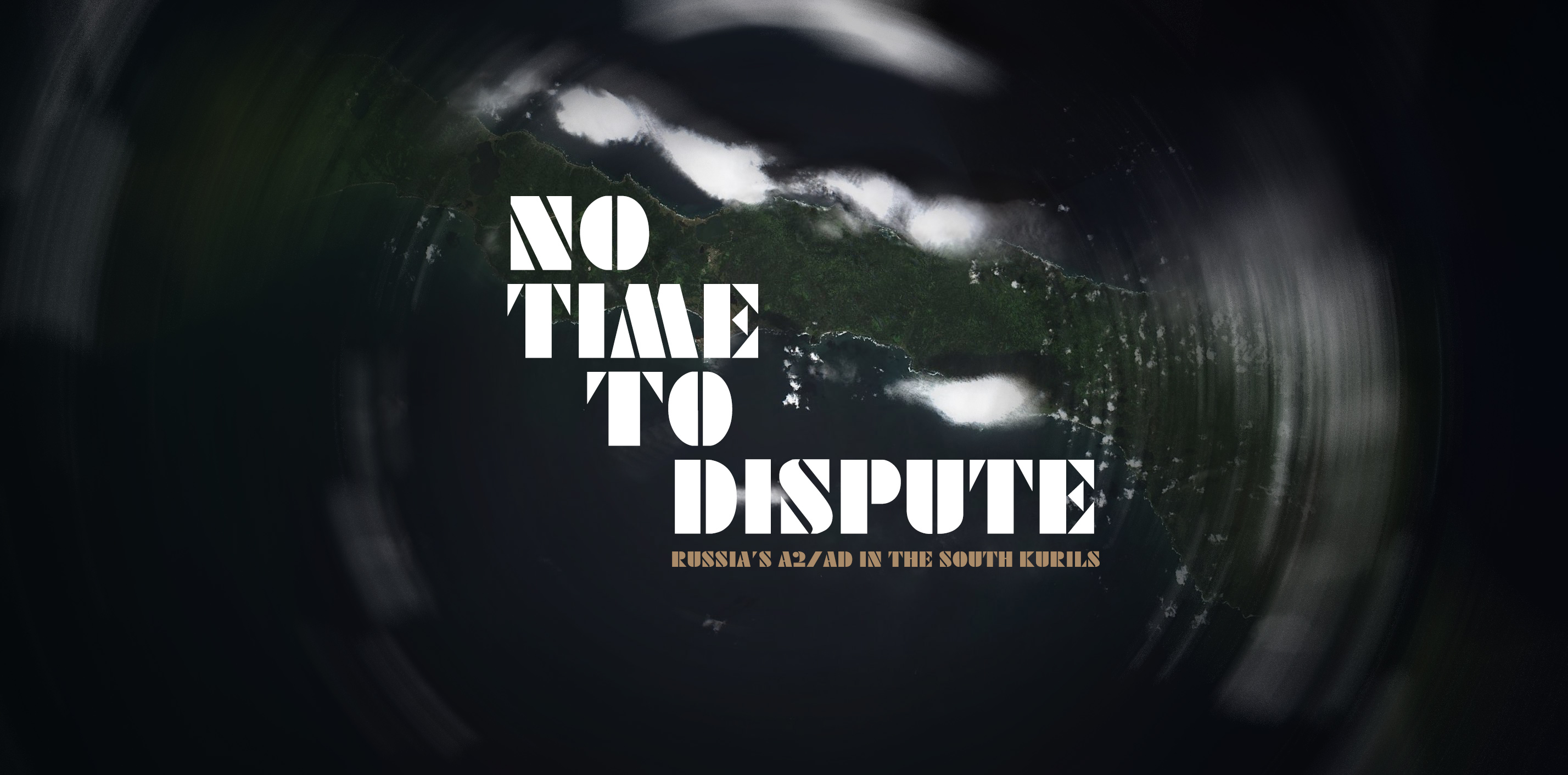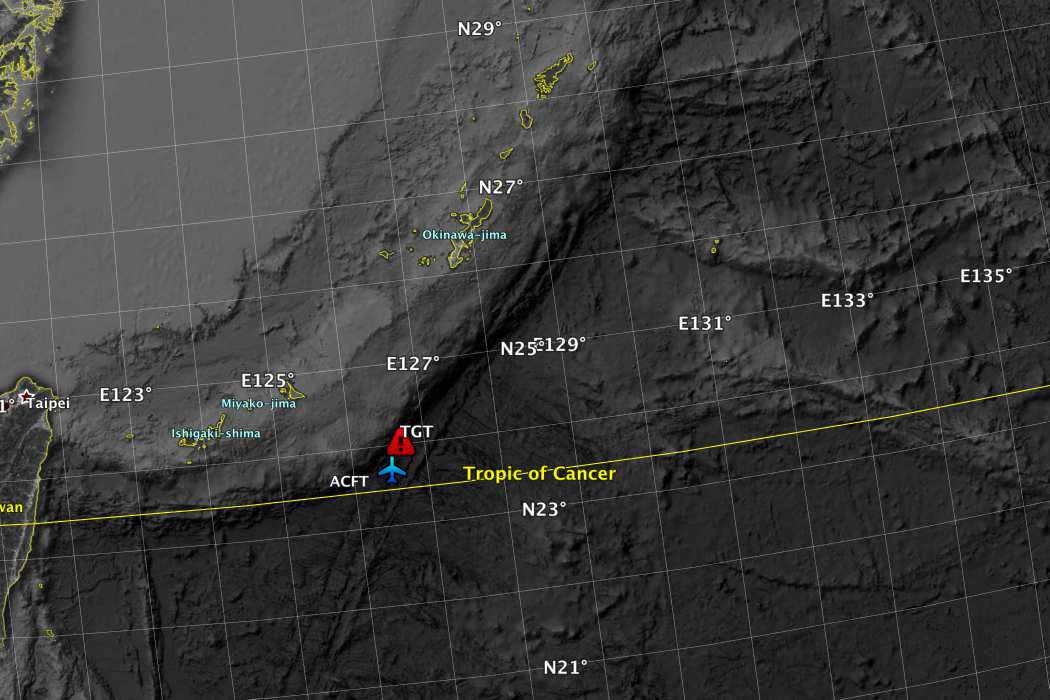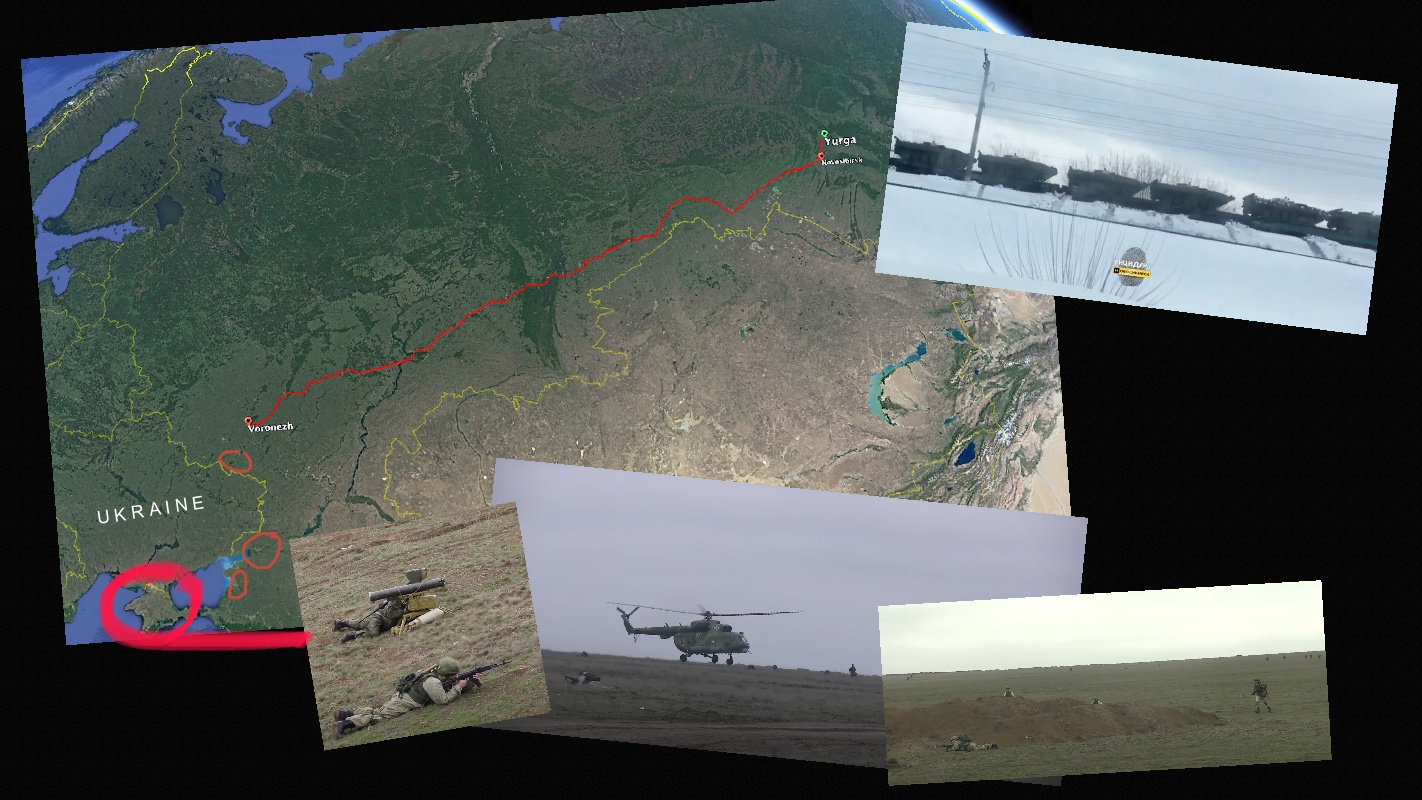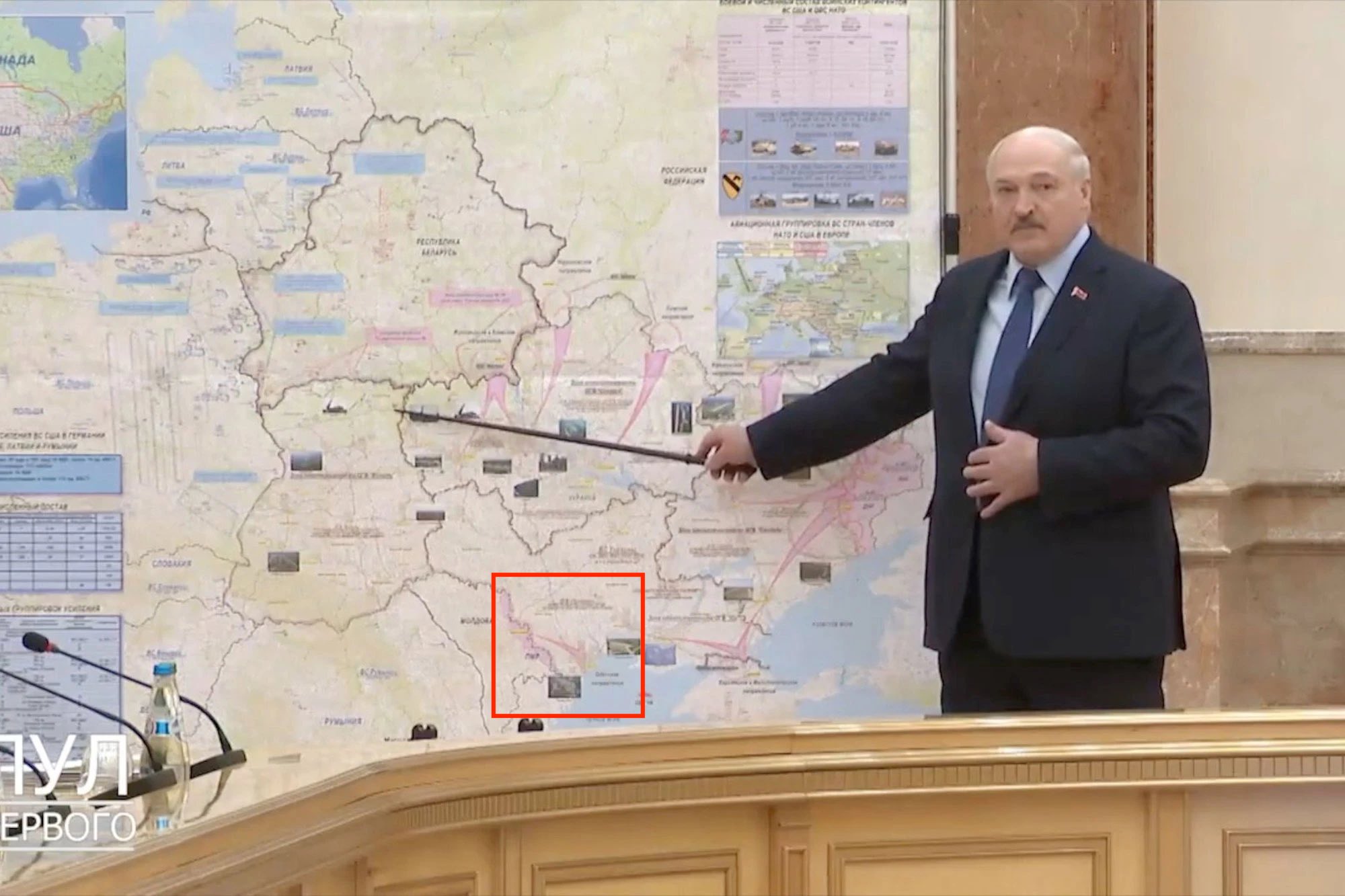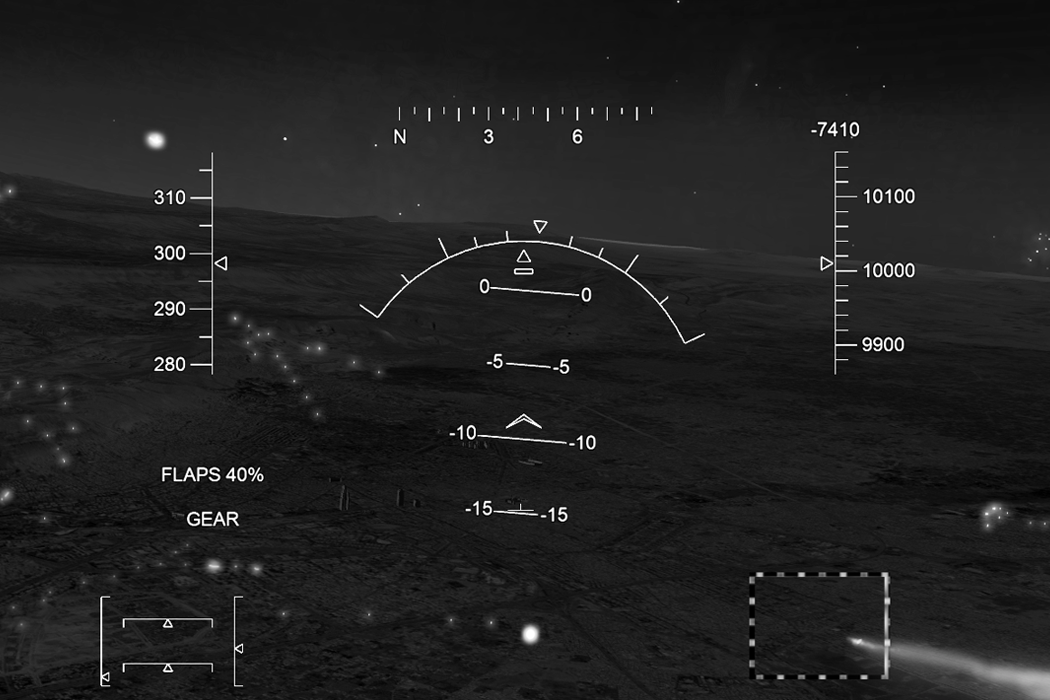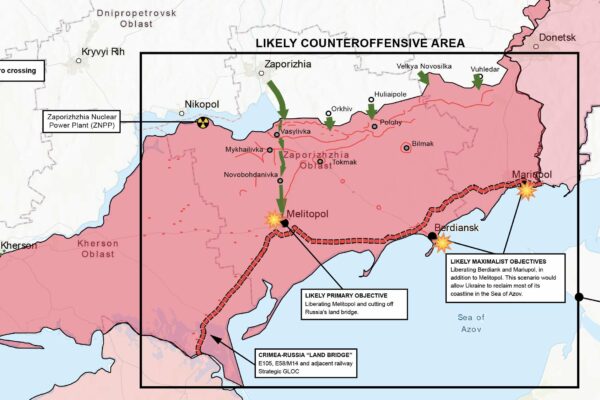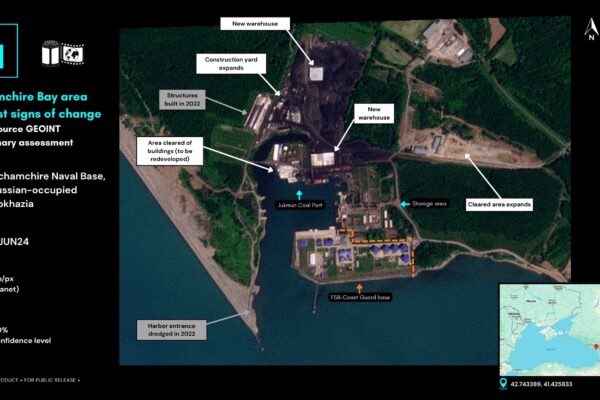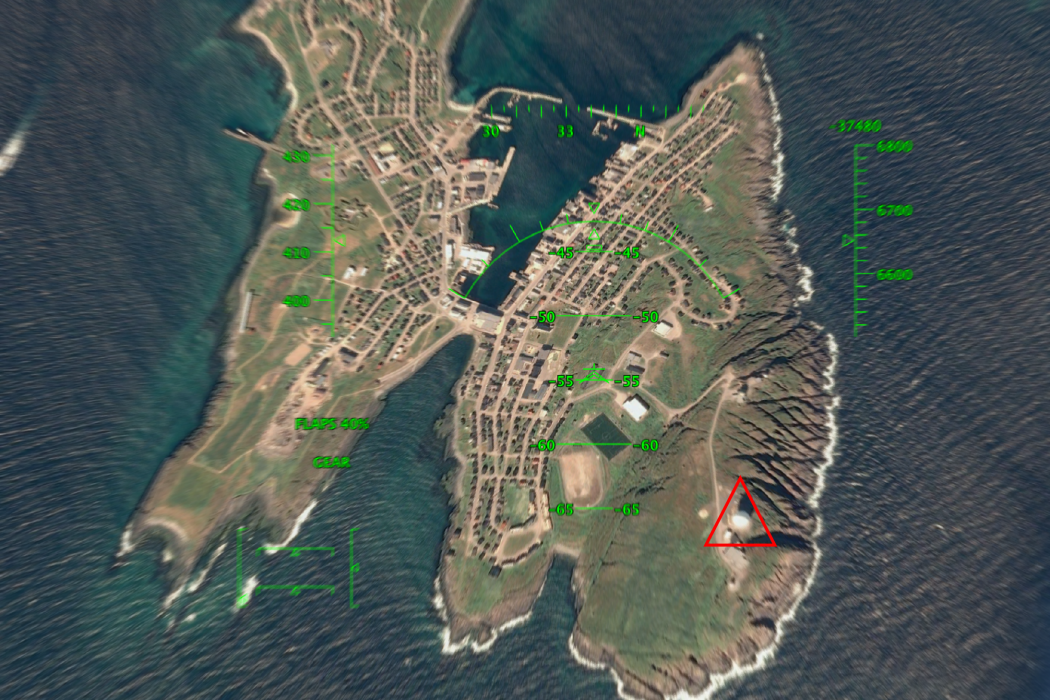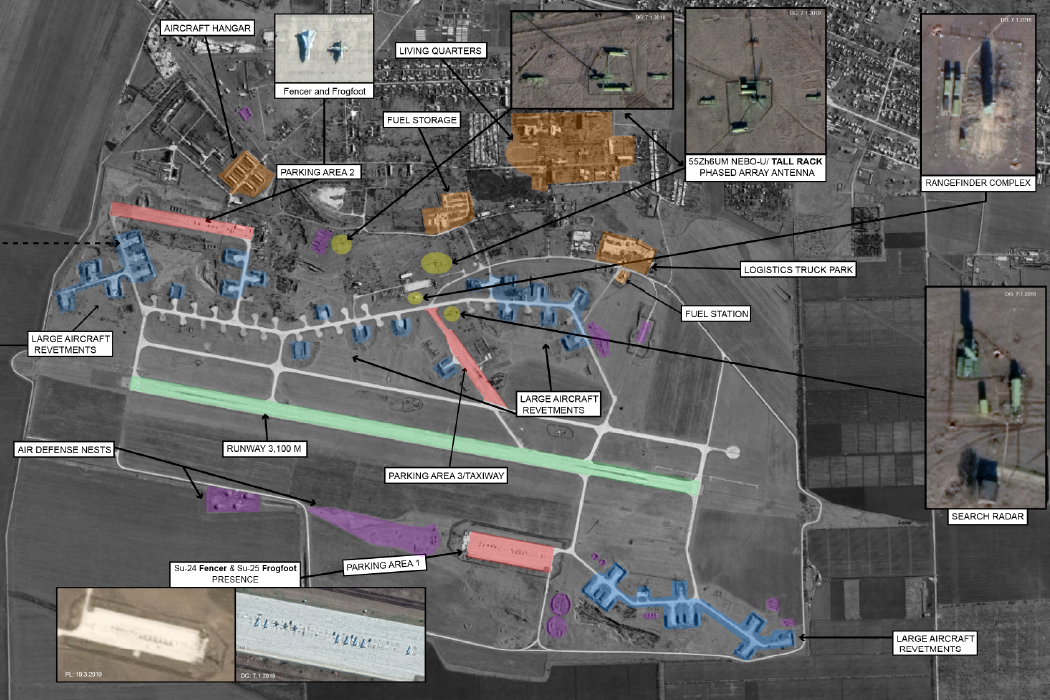Strategic Analysis – Saber Guardian 2017 (SG17) is an annual, multinational exercise held in the Black Sea region as pat of the U.S. European Command Joint Exercise Program. This year’s iteration took place between July 11 – 20. The exercise’s aim was to assure allies and partners of the enduring U.S. commitment to the collective defense at the Black Sea region, to enable the Alliance’s command and control functions, and to reinforce deterrence measures agreed to by NATO allies at the Warsaw Summit in 2016. The exercise was organized by the U.S. Army Europe and co-hosted by Romania, Bulgaria and Hungary, that saw numerous drills and simulations taking place all over these countries.
Approximate 25,000 troops participated in the exercise, while 14,000 of them being U.S.forces; the rest coming from member or partners countries of NATO: Armenia, Bulgaria, Czechia, Croatia, Germany, Georgia, Greece, Hungary, Lithuania, FYRO Macedonia, Moldova, Montenegro, Netherlands, Poland, Romania, Serbia, Slovakia, Slovenia, Turkey, Ukraine and the United Kingdom.
Throughout this analysis we explore the Saber Guardian exercise through the ‘Swift Response’ mission that took place at the 71st ‘Emanoil Ionescu’ Air Base in the village of Luna, near Campia Turzii town, Cluj county (Romania), where Transylvania Intelligence was present obtain exclusive footage and information. Moreover, the massive military effort will later in this article be explained through the geopolitical lens as it relates to the Black Sea, as ‘Saber Guardian’ upholds its exclusive dedicated nature for this expanded region.
‘Swift Response’: a ‘Saber Guardian’ exercise
Swift Response is a series of airborne operations and joint force entries that functions within the framework of ‘Saber Guardian’ and took place in Papa Airbase (Hungary), Bezmer & Shabia (Bulgaria) and Campia Turzii-Luna & Cincu (Romania).
The mission that Transylvania Intelligence had the chance to assist to, took place from the 21st to the 22nd of July, 2017 in Luna, near Campia Turzii, Cluj county, Romania, at the 71st ‘Emanoil Ionescu’ Airbase of the Romanian Air Force. The employed scenario foresaw an Allied operation to attack and capture the airbase that was occupied by enemy forces. The operation involved 800 U.S. Troops from the 143rd Texas Regiment and the 2nd Cavarly Regiment, and it stretched on three main phases, the first two referring to the ‘Joint Forcible Entry’ while the last to the ‘Airfield Seizure’ objective:
1.For 3-minutes, eight AC-130’s parachuted hardware, supplies and logistics at 11.00 A.M., July 21st on a plain-field near the Airbase. These resources were to be collected by units already on the ground and be used in the airfield seizure.
https://www.youtube.com/watch?v=yu64lFdBDu0&feature=youtu.be
2.Later that day, a night airborne operation took place around 23.00 A.M, that saw 500 paratroopers insert the area previously used to deploy the supplies. These forces regrouped with friendly troops on the ground and used the collected logistics to prepare and later execute the main objective: ‘Airfield Seizure’
3.Around 4.00 AM, July 22nd, the joint Romanian-US force conducted a dawn raid on the airbase that lasted 4 hours and saw the capture of strategic 71st Base.
The exercise was deemed as a huge success in regards to accomplishing the planned timeline, maneuvers and tactics. This scenario was one of the vastly different and creative operations sketched throughout the ‘Saber Guardian’ framework. Other missions that enabled or took place within ‘Saber Guardian were:
- Szentes Axe, Danube crossing in Gyor, Hungary, U.S. and Hungarian troops;
- Olt crossing in Bordusani, Romania U.S. and Romanian troops;
- Night crossing of Olt, Valcea, Romania, U.S. and Romanian troops;
- Live Fire Exercise at Novo Selo training field, Bulgaria;
- A Mass Casualty and Air Defense exercise at Mihail Kogalniceanul Airfield, Romania.
Other parallel exercises that enabled and supported ‘Saber Guardian’ as presented by the U.S. Army Europe – see the last map.
Black Sea Region: An emerging strategic vector?
The Black Sea region has a unique tradition and history as a geopolitical entity. It was in the 18th Century when the Ottoman Empire lost its hegemony over this sea as a direct result of the Treaty of Kucuk Kaynarca (1774) that gave the Russian Empire access to its first warm water port in the Black Sea, and the status of protector of the Orthodox Christians living under the Sublime Porte. The Ottoman-Russian rivalry is directly linked to these area , and spilled-over to the Balkans and to the Caucasus, attracting external inputs that tried to maintain a balance of power in the region, or internal elements that marched to form their own states and movements. As it was the case of the Crimean War of 1853-1856, when France and the United Kingdom intervened in favor of the Ottoman Empire in order to defeat Russia and avoid a hegemony over the region by Sankt-Petersburg.
The Black Sea was also a significant front in the First World War when the Ottoman Navy engaged the Russian ships stationed in Sevastopol. But while witnessing a declining importance in the Second World War, the Black Sea region essentially vanished as a geopolitical entity in the Cold War. The traditional Turkish-Russian balance of power disappeared and instead, a Soviet and Warsaw Pact hegemony was installed. However, the situation changed when the URSS collapsed, despite the Russian Federation’s desperate attempts to conduct damage control over its ex-territories. One one hand, Moscow saw how its strategic territories as Crimea taken away, how ex-Soviet Republics, as Estonia, Latvia and Lithuania, or ex-Warsaw Pact allies, notably Poland, Romania, became hardened Euro-Atlantists that integrated in NATO, the European Union and called for a significant increase of U.S. troops on the Eastern Flank.
The critical ‘belt’ that Moscow looked after was its ex-Soviet Republics. While enjoying a friendly government in Kiev and Minsk for most of the time, the Romanian sentiment swiftly grew in Moldova upon assuming its independence in 1991, which triggered an immediate Russian invasion. While not managing to fully subdue Chisinau, a breakaway region was created east of the Dnister that would hold a perpetual leverage over the country. The Republic of Transnistira still hosts today thousands of Russian troops from the 14th Army. Similar interventions also took place in Azerbaijan (much more indirectly) or Georgia, a conventional invasion that sought to cripple the small republic’s future of joining NATO. After the Russo-Georgian War of 2008, two breakaway republics were formed under Moscow’s direct military and political foothold: South Ossetia and Abkhazia; these regions still host a number of Russian basses and thousands of troops eyeing Tbilisi. Then, came the 2007 cyber attacks on Estonia that crippled the country’s infrastructure.
However, the Black Sea began to fully resurface as a geopolitical battleground when Russia lost Ukraine. After the radical decision by the Yanukovitch government to go ahead with the E.U. association protocol, protests from Moscow made the government reverse the decision, but instead stirred massive street movements in Kiev and all over the country. The crisis of 2014 escalated when the government began shooting at the over 1 million demonstrators in the main square of the capital. In support of the ‘Euromaidan’ movement came opposition parties, the United States and the European Union. And as Yanukovitch flew to Russia in an attempt to escape the angry population, it became clear the Ukraine was now radically driving out of the Kremlin’s sphere of influence and into the Euro-Atlantic one.
Vladimir Putin ordered a seizure of Crimea in yet another attempt of damage control of it’s weakening influence. Under a strict political deniability complemented by an ambiguous informational campaign, topped by targeted cyber and electronic warfare, Russian forces stationed in Sevastopol alongside incoming troops from the mainland managed to encircle Ukraine bases in the peninsula. And under a mock-referendum guarded by the Russian troops and local separatist groups, the population of Crimea, indeed overwhelmingly ethnic Russian, voted in favor of uniting with the Russian Federation.
A similar strategy was applied in Eastern Ukraine, in the Donetsk and Luhansk Oblasts, but given the immense Euro-Atlantic support for the Ukrainian Army, and without a doubt, the fierce resistance put by the National Guard and Armed Forces at Mariupol, Ukraine managed to keep the Kremlin in check, and contain the malign separatist conflict. Through the DPR (Donetsk People’s Republic) and the LNR (Luhansk People’s Republic) Russian attempted to create a land bridge to Crimea. And from there, according the Vladirim Putin’s speech, to form a New Russia (Novorossyia) for all the Russian speaking people in Ukraine – from Harkov, through the Black Sea littoral (Prychornomoria) and that of the Azov Sea (Pryazovia), including Zaporizhia and Kherson Oblasts, all the way to Odessa Oblast.The two hybrid republics, LPR and DPR formally formed the Federation of Novorossyia in 2014; this ended in January 2015 after it failed to expand the project. Attempts of Russian separatist movements were made in Odessa (strategic to this plan) and all over the Russian-speaking regions, however, those have failed to escalate and evolve in armed uprisings similar to what caused the crisis and the de facto succession in Eastern Ukraine
The combination of international pressure and fierce resistance from Kiev, managed to cancel Novorossiya; at least for now. The self-declaration of ‘Little Russia’ (Malorossyia) as an independent state, made by the leader of DPR, Alexander Zakharchenko, draw hostilities (at least publicly) from the LPR and Moscow, dully because it might have been a sign of abandonment of the larger, grand project for a patch of stable influence. Althought Kiev is still facing with a fragile and status quo-friendly treaty, the Minsk Agreement 2, and a potential volatile breakaway territory in the east, it’s maintaining its path of Euro-Atlantisism; with U.S. forces regularly conducting joint drills in the western region and on the seaboard, while cooperation with the E.U. is unprecedented.

The Black Sea region has recently emerged as a potential energy hub in regards to natural gas and even oil. The underwater deep shells have attracted interests from the biggest energy investors as Lukoil, OMV and Exxon Mobil to contract the licenses. After years of research and drilling, Romania’s maritime shell was confirmed and estimated at around 20 billion metric cubes of gas, enough to make the already energy sufficient country, a gas exporter. Together with Exxon Mobil, Bucharest will begin to exploit the deposit as of 2018. On the other side, Russian companies are already drilling into the shells near Crimea, and could have extended more if Odessa entered the separatist project, and would have changed the Black Sea’s exclusive economic zones in Moscow’s favor. Such a move would have offered Russia the opportunity to contest Romania’s maritime exclusivity and claim the deep water gas deposits thanks to an island, the Snake’s Island, that sits within the Romanian EEZ and next to XXI Pelican shell, but belongs to Ukraine.
Additional military moves from Moscow are expected in NATO’s maritime perimeter. And as both Bulgaria and Romania suffer from an outdated, weakened and underwhelming military force, a stronger NATO presence is needed in the area. Romania’s sole objective at the 2016’s Warsaw Summit was to receive support for a Black Sea Fleet framework to be formed within the Alliance. Given Bulgaria’s opposition, skeptical of military build-ups in the area, Bucharest only received a multinational battlegroup in Craiova, formed by American, British, Polish and Bulgarian troops. But Washington’s aid had doubled in size in regards to military and political cooperation. Furthermore, the latest two National Security Strategies of Romania named as an objective for the country to become ‘a strategic vector of the Black Sea’.

- Black Sea region exercises; source: U.S. Army Europe press kit
Saber Guardian, the largest exercise ever held in the Black Sea area was organized by U.S. Army Europe and co-hosted by Hungary (logistic hub for south-east Europe), Romania and Bulgaria. It massed 25,000 troops in additional to the already many ongoing exercises by NATO in the area. All the simulated scenarios tested, subjected crisis situations and responsive actions to aggression emanating from the Black Sea. It simulated how logistics could be swiftly transferred from the main U.S. military hubs in Germany, to coordination centers in Hungary and then to the hypothetical frontlines of Romania and Bulgaria. It tested and exercised inter-operability and battle-space versatility, in critical and diverse missions as: air defense operations, mass casualty situations, seizures and counter-offensives; taking place in diverse regional realms, from the Hungarian Danube, to the Romanian plains or Carpathian mountains, to the Black Sea’s ports or waters.
Black Sea Area Support Team (ex- Joint Task Force-East), the operational unit within U.S. Army Europe, that deals with Romania and Bulgaria, had its most busy days from its founding in 2007. Together with local allies, it attempts to stop the maritime area from becoming a ‘Russian Lake’, as an ex-Romanian President once referred to Russia’s resurgent posture in the Black Sea. The region is one of the few that indeed resurfaced after decades of strategic ‘sterilization’ into a vital geopolitical vector.
Founder of T-Intelligence. OSINT analyst & instructor, with experience in defense intelligence (private sector), armed conflicts, and geopolitical flashpoints.



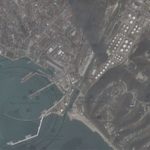


![Evacuation “Shattered Glass”: The US/ Coalition Bases in Syria [Part 2]](https://t-intell.com/wp-content/uploads/2020/02/TelSalman24.2.2018_optimized.png)

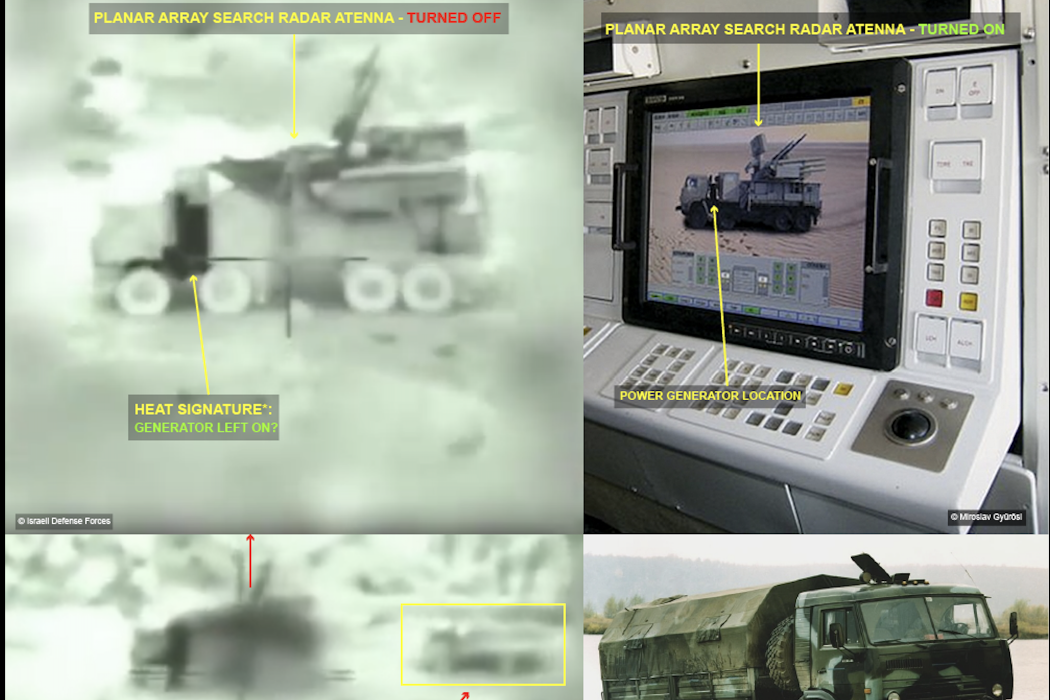

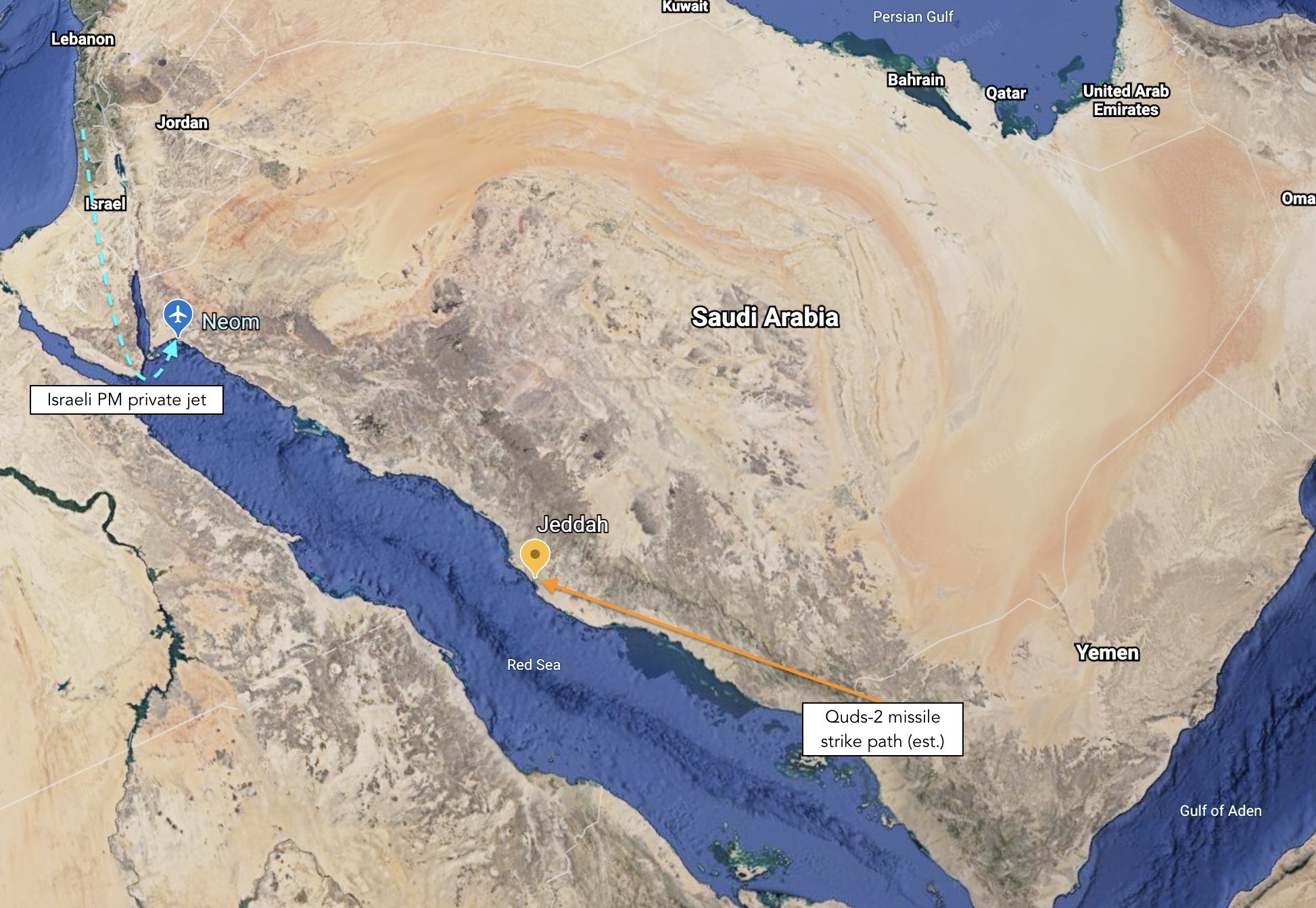


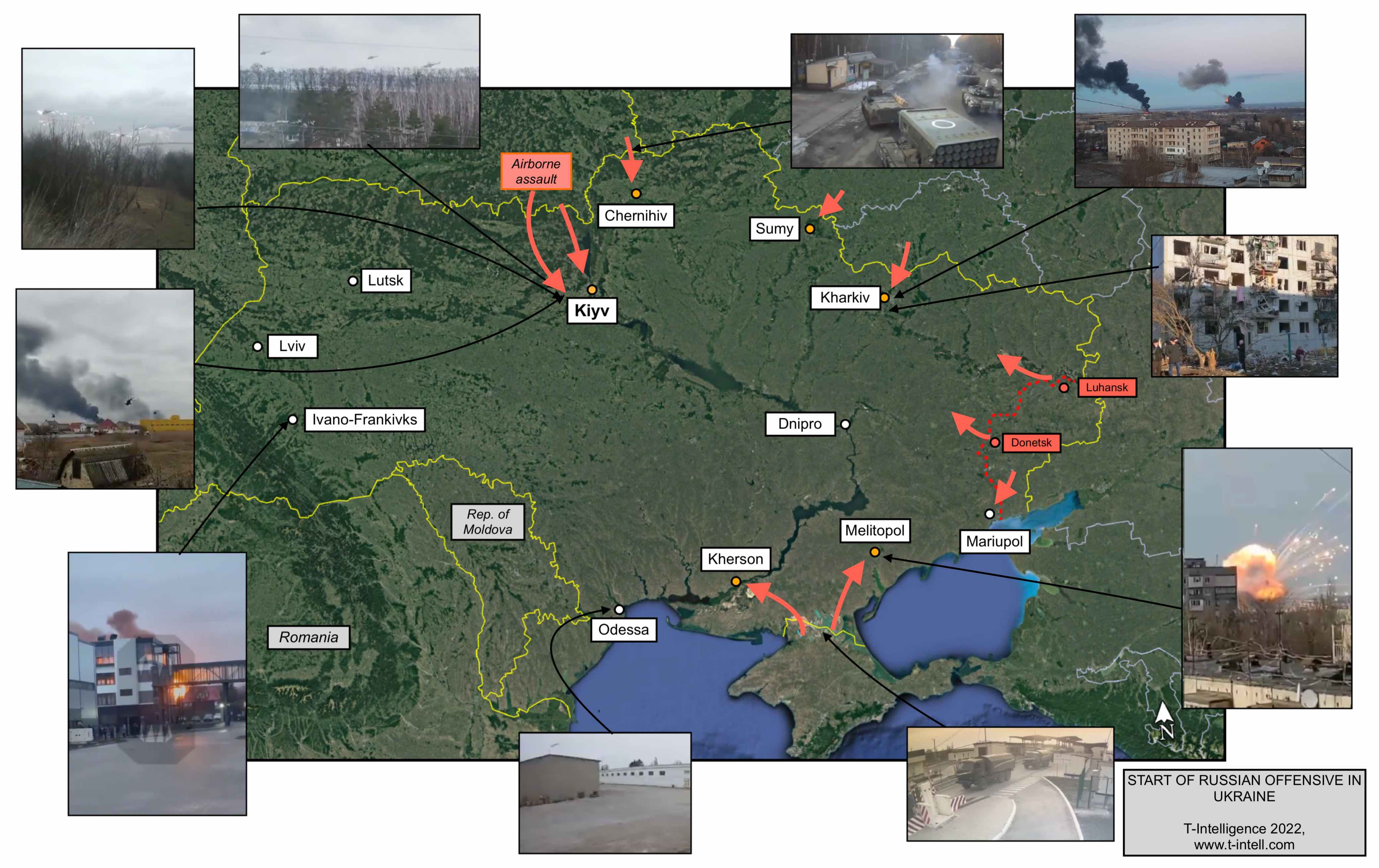
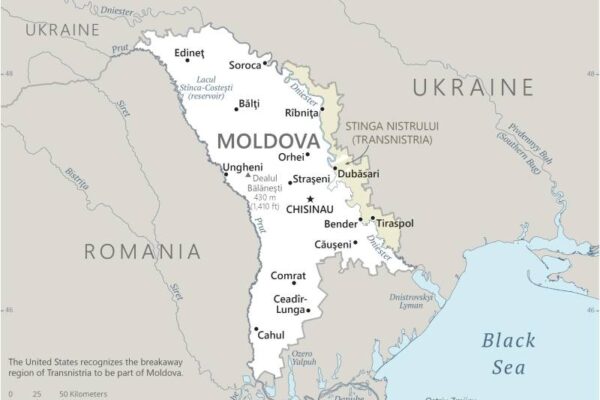

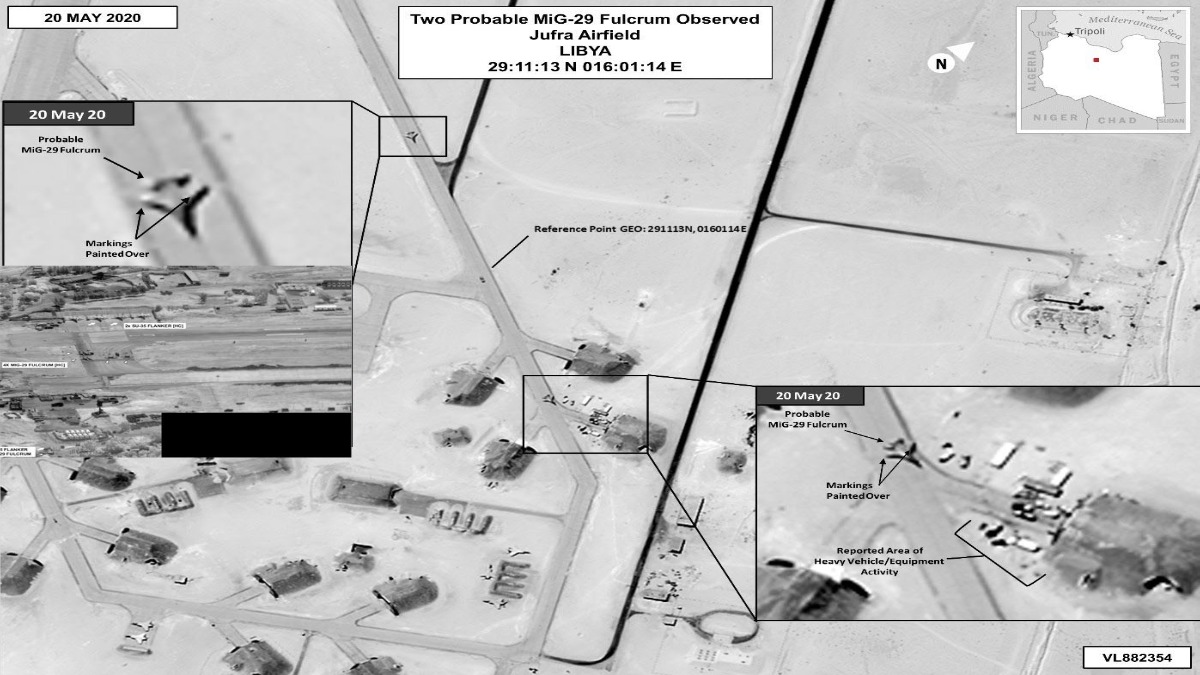
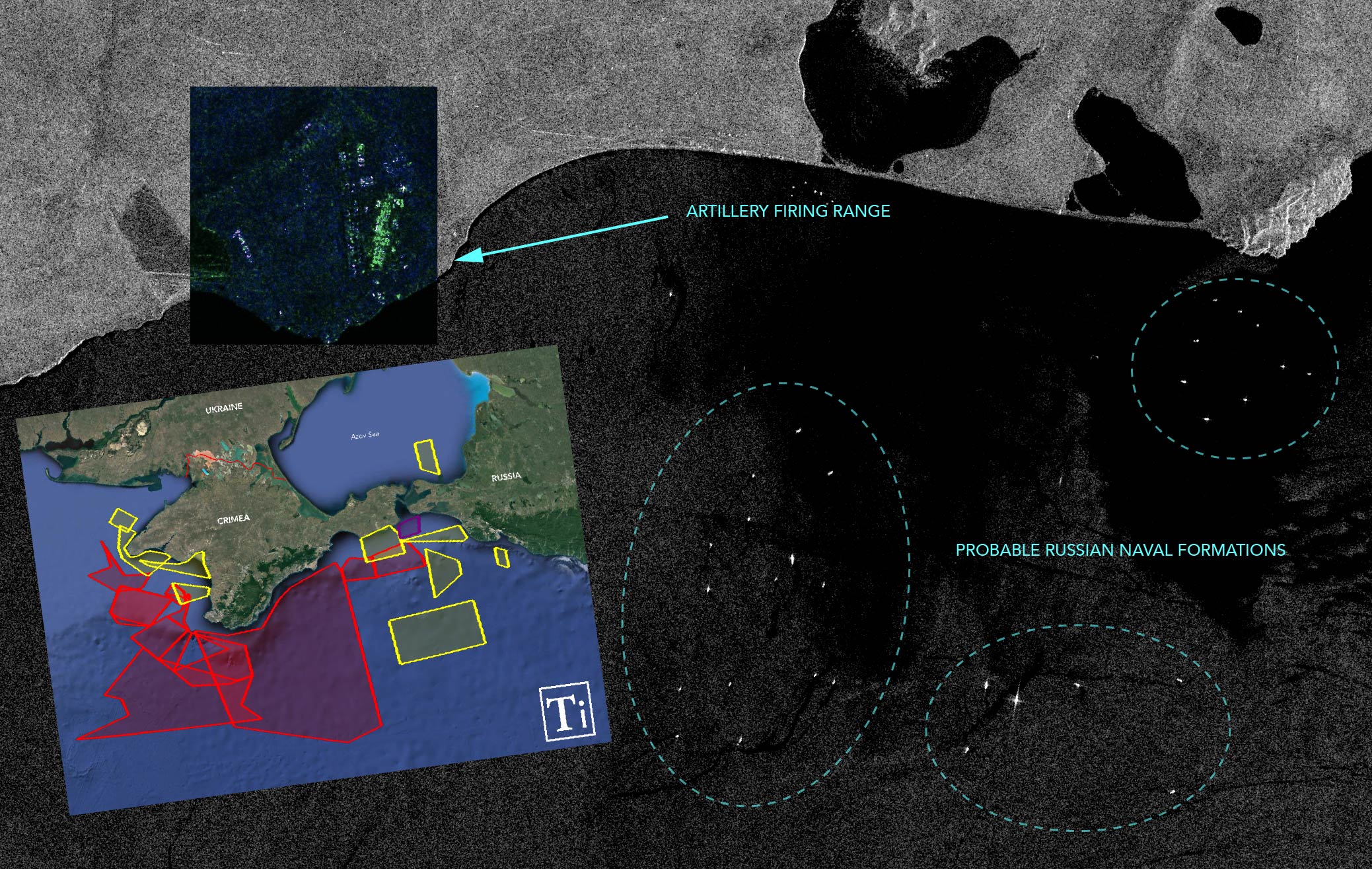




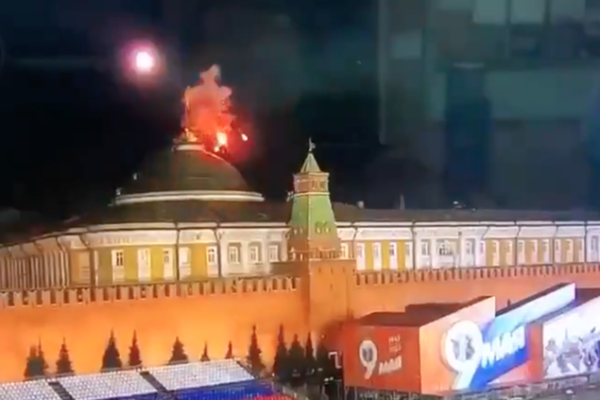
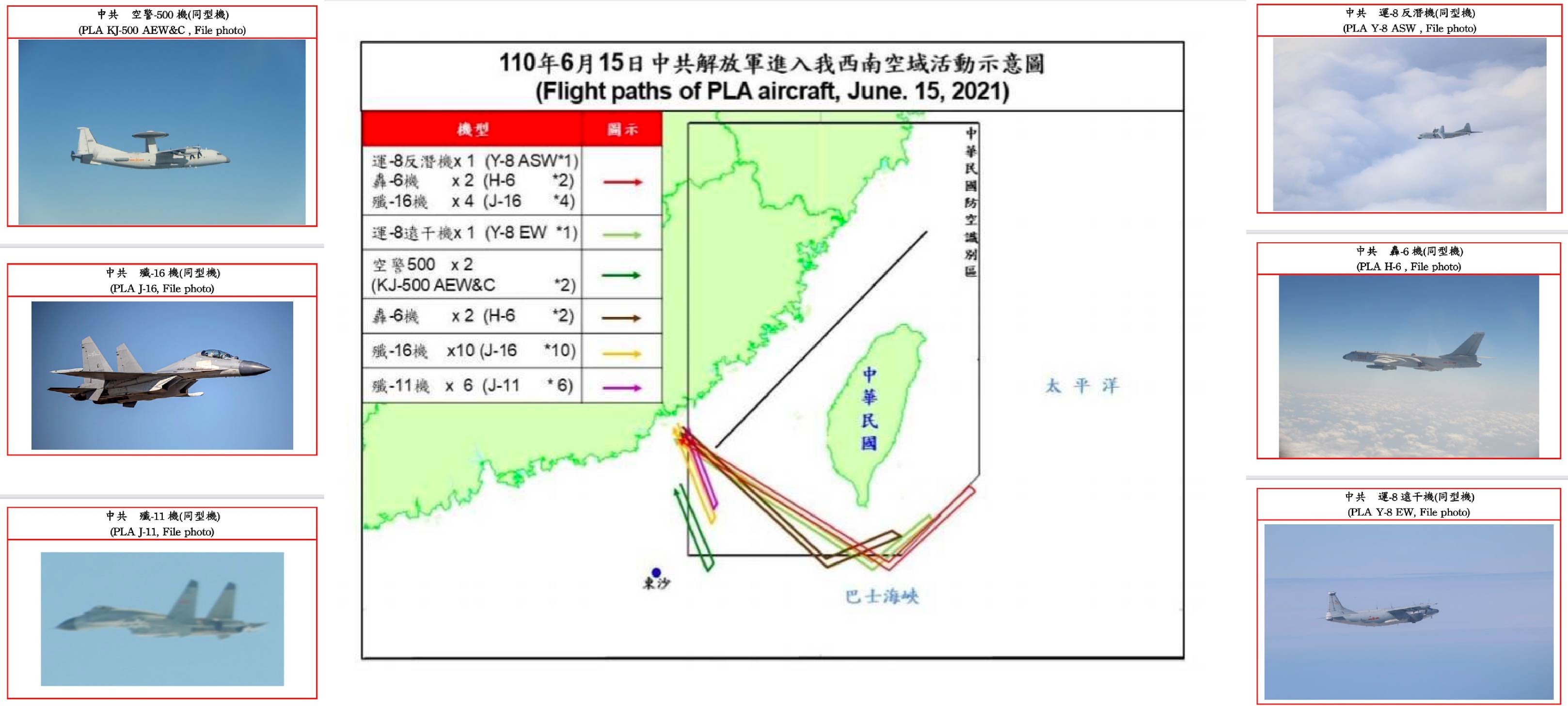
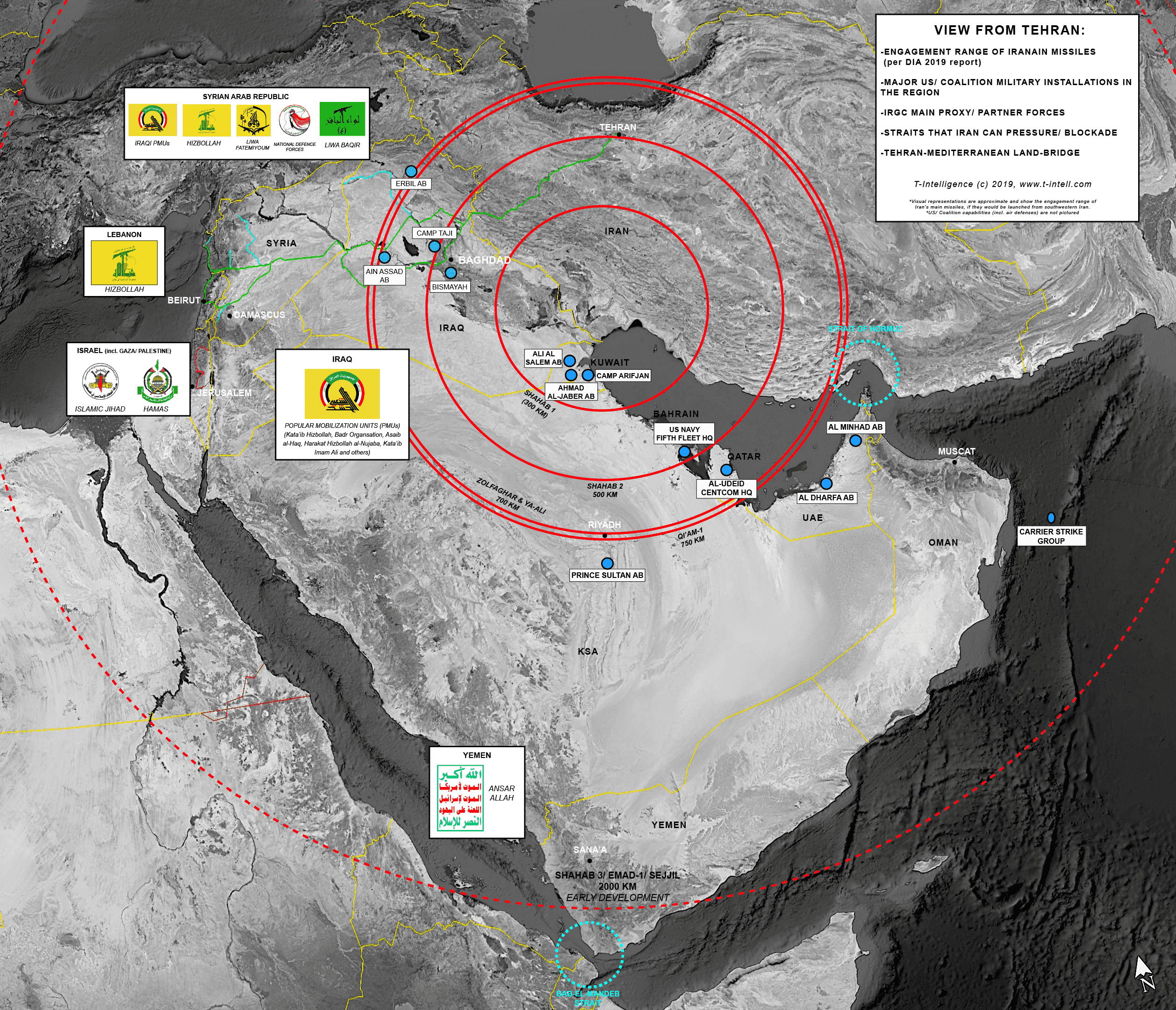


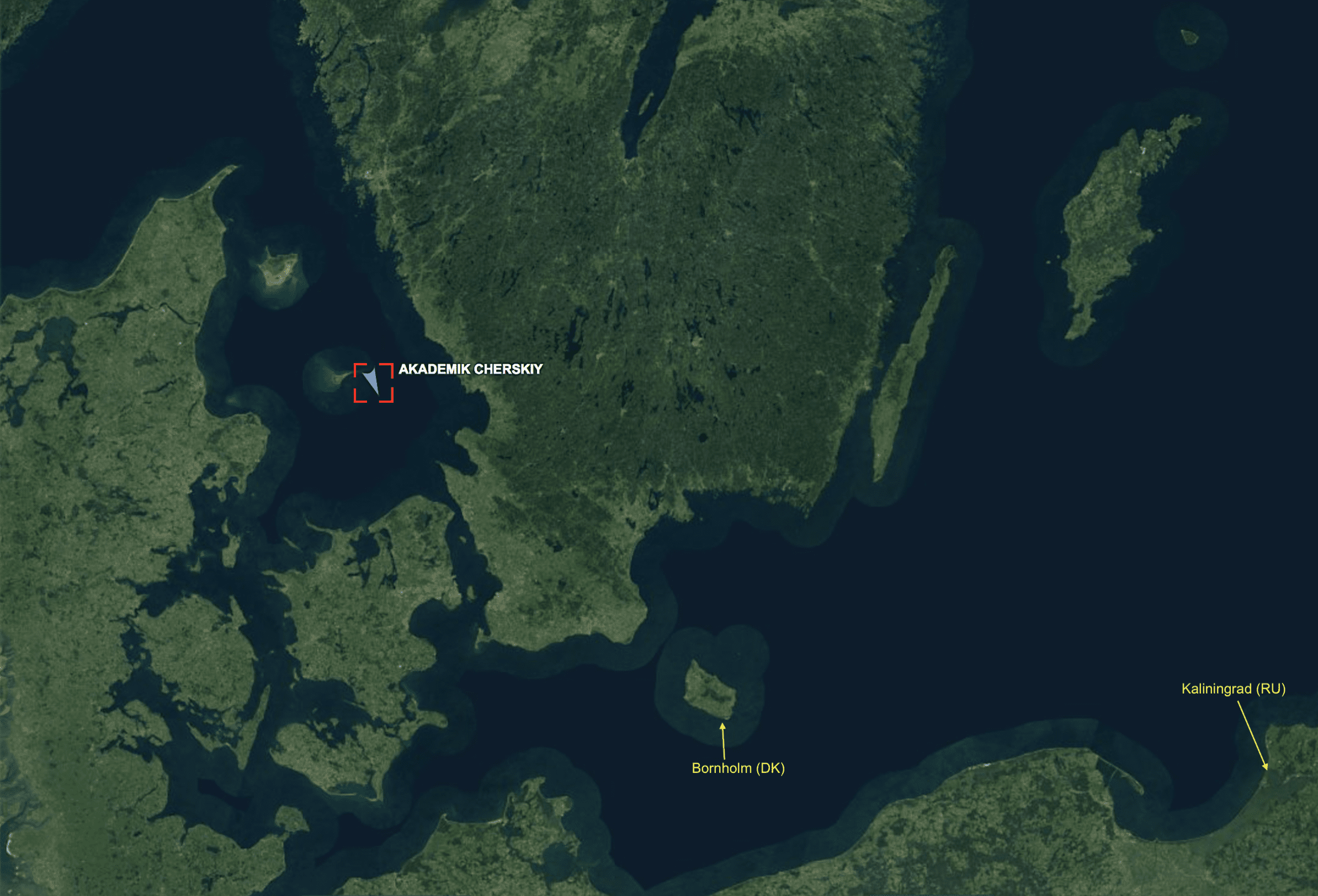
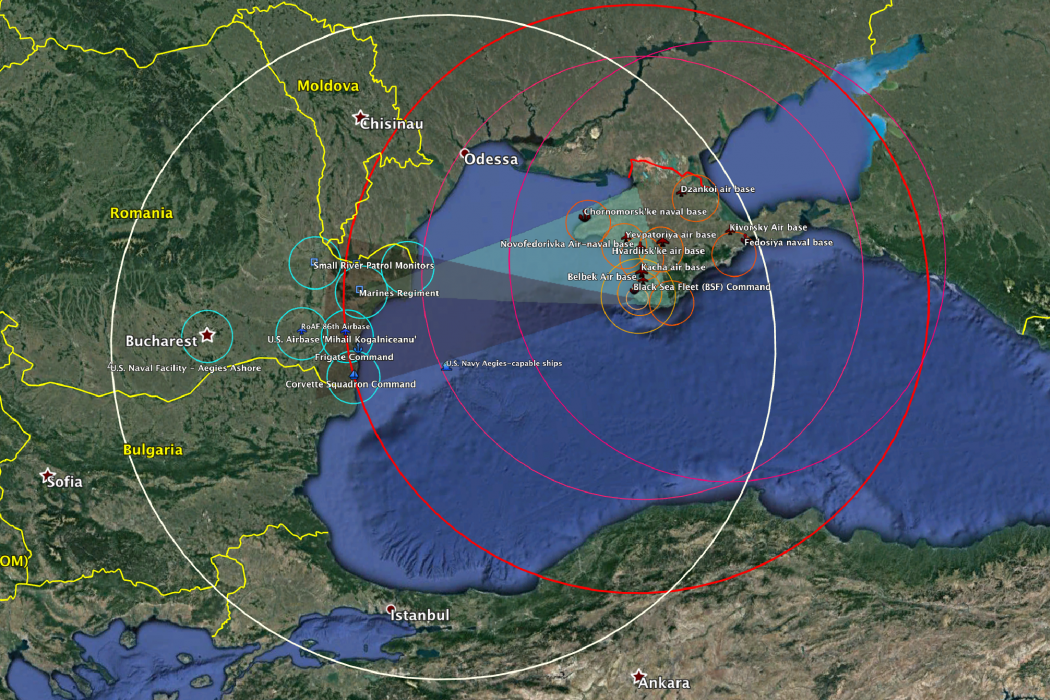




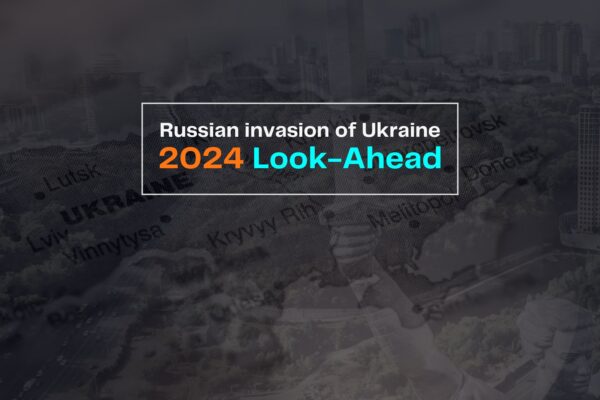

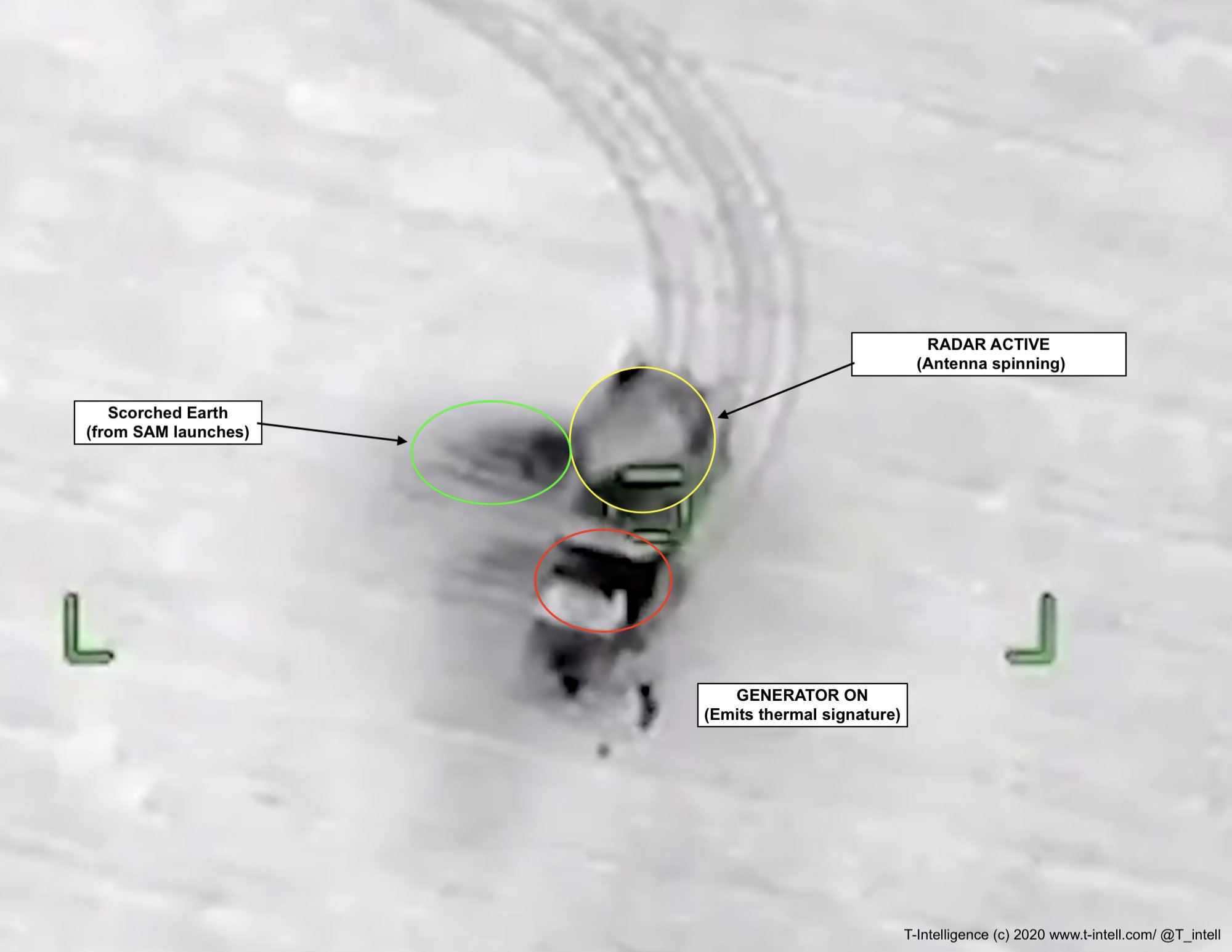

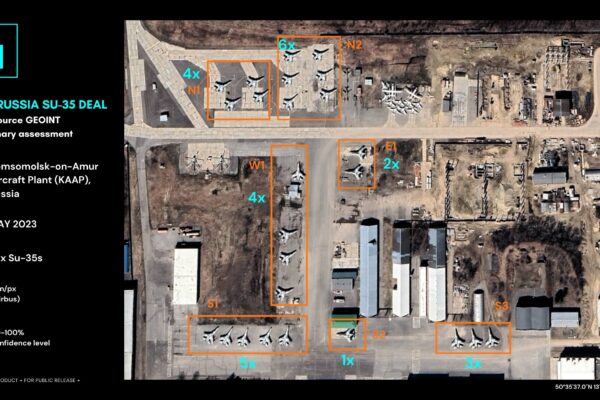

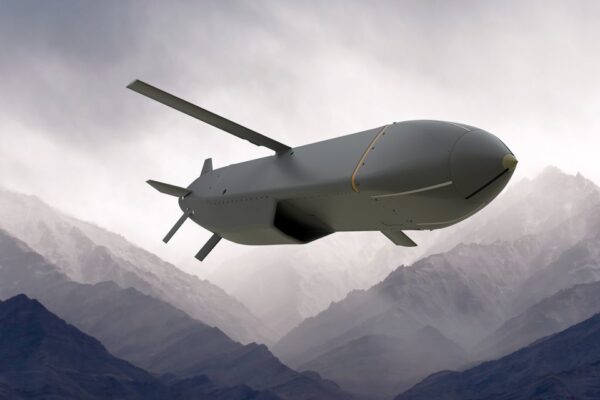
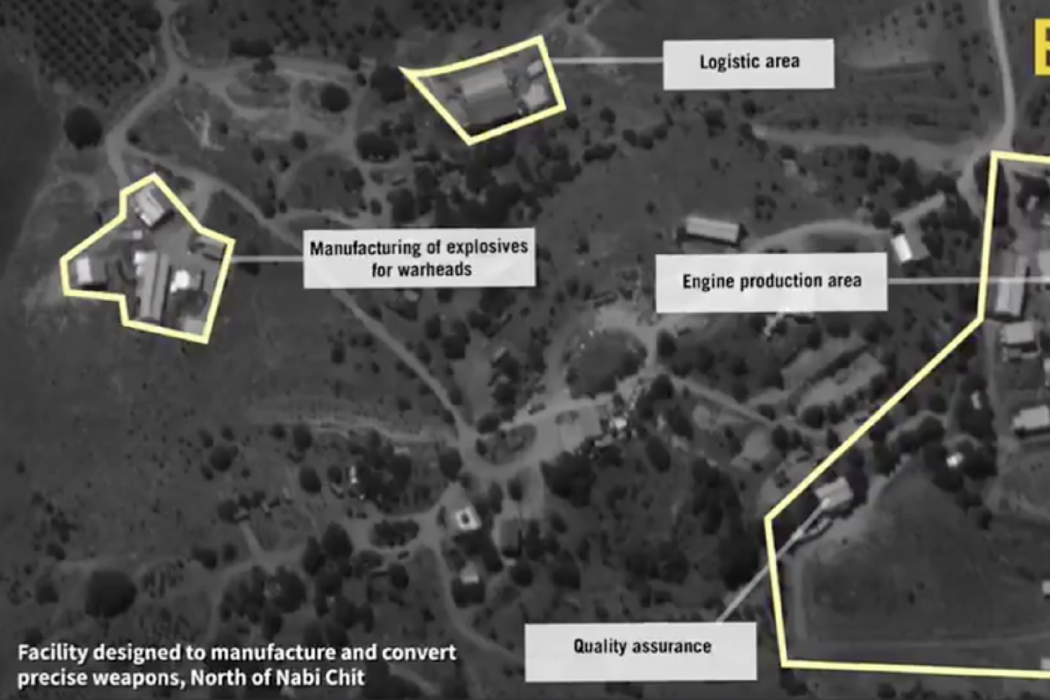


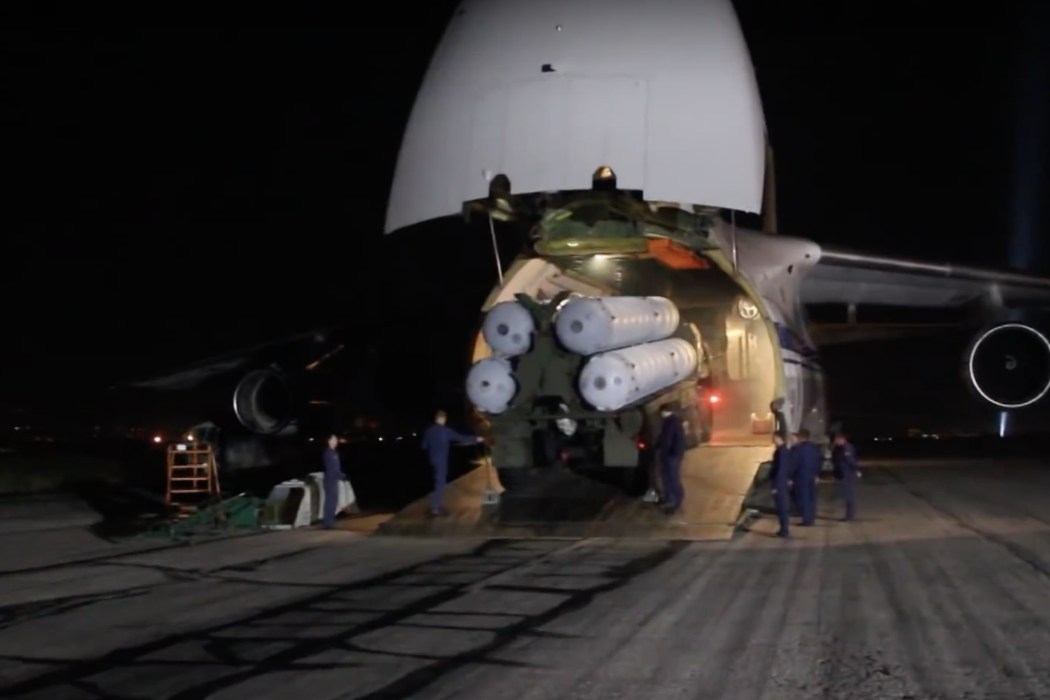
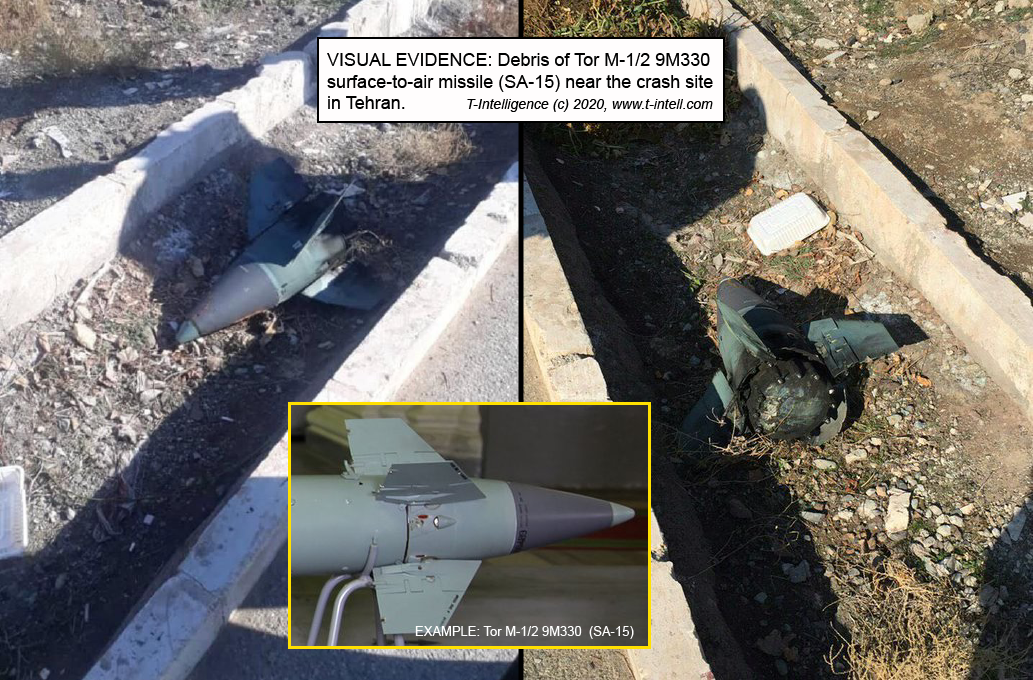
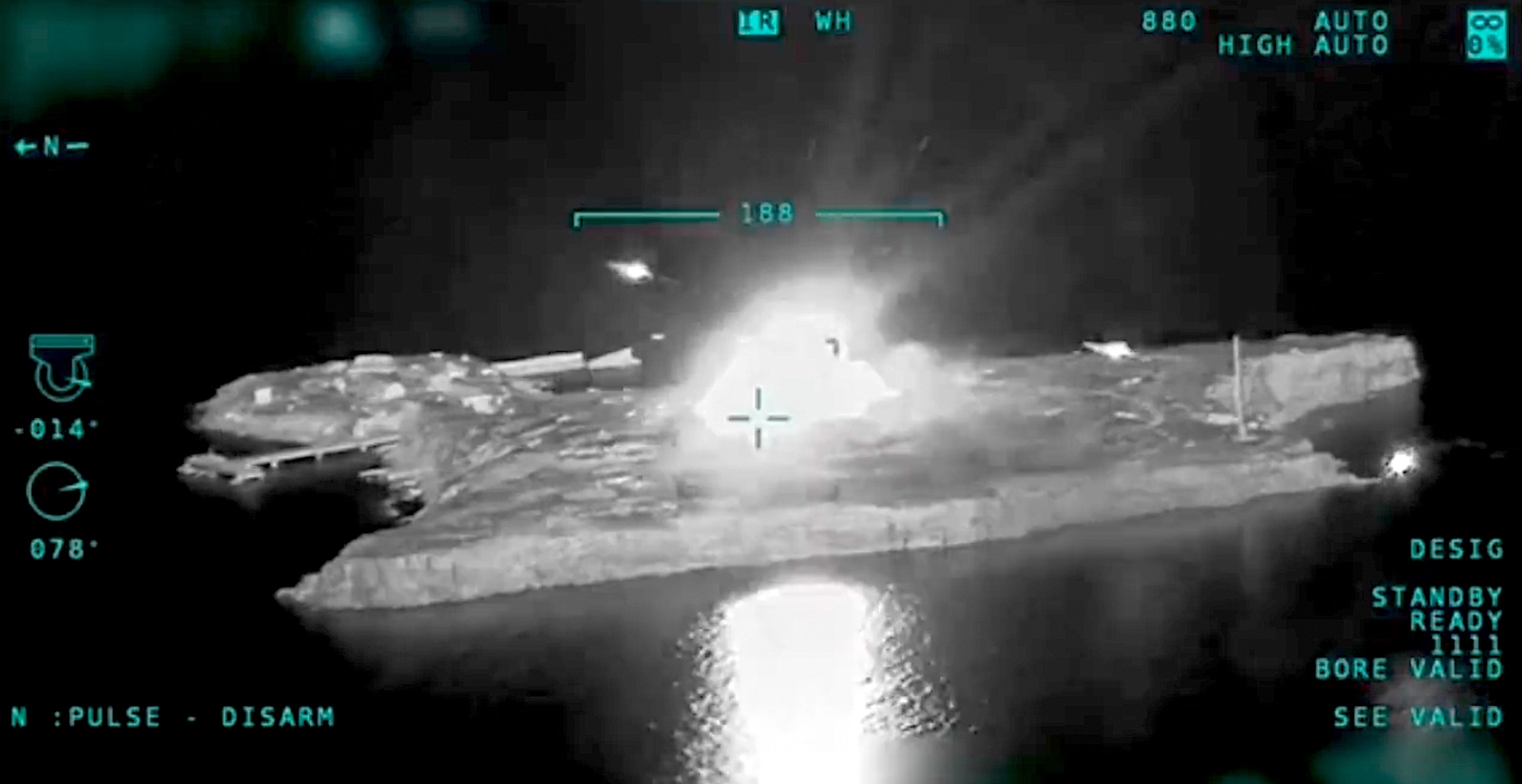

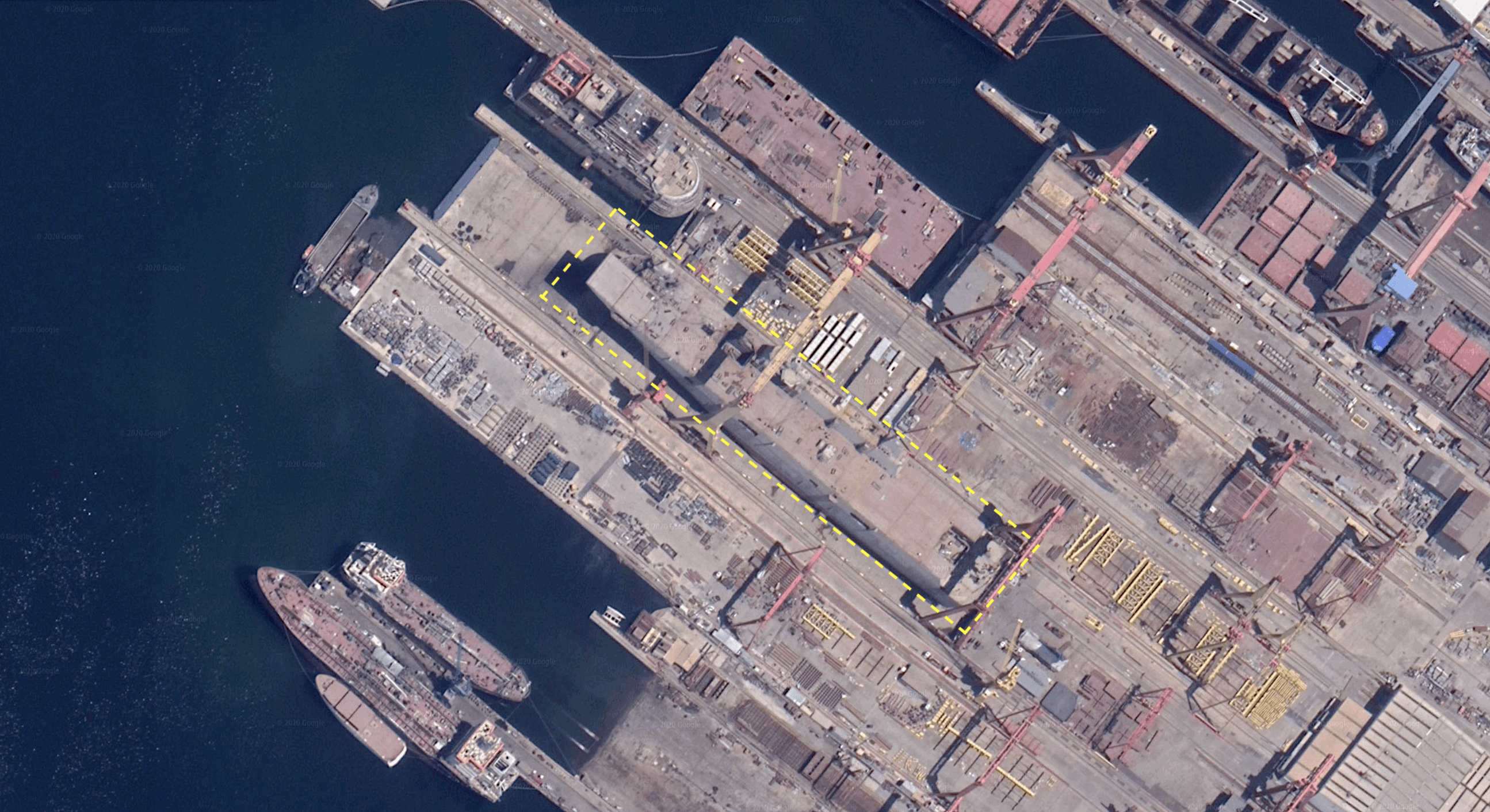

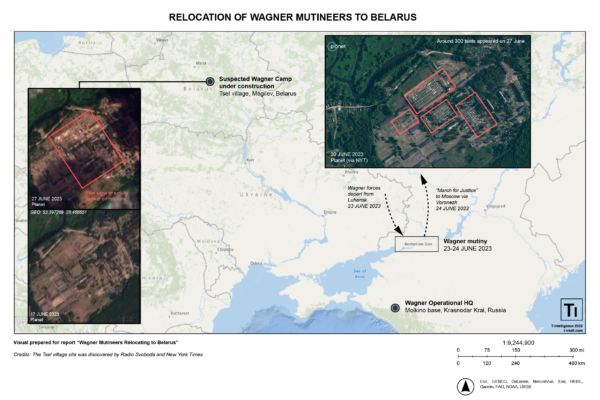
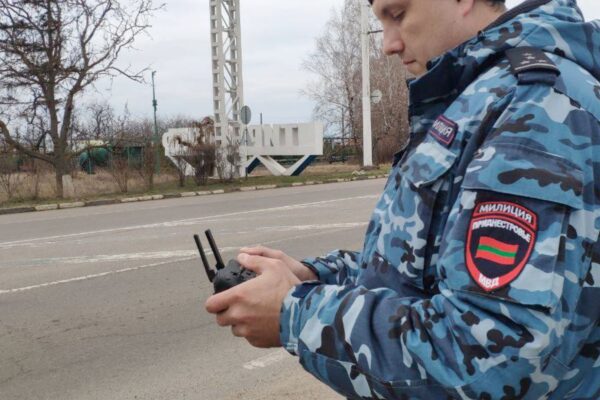
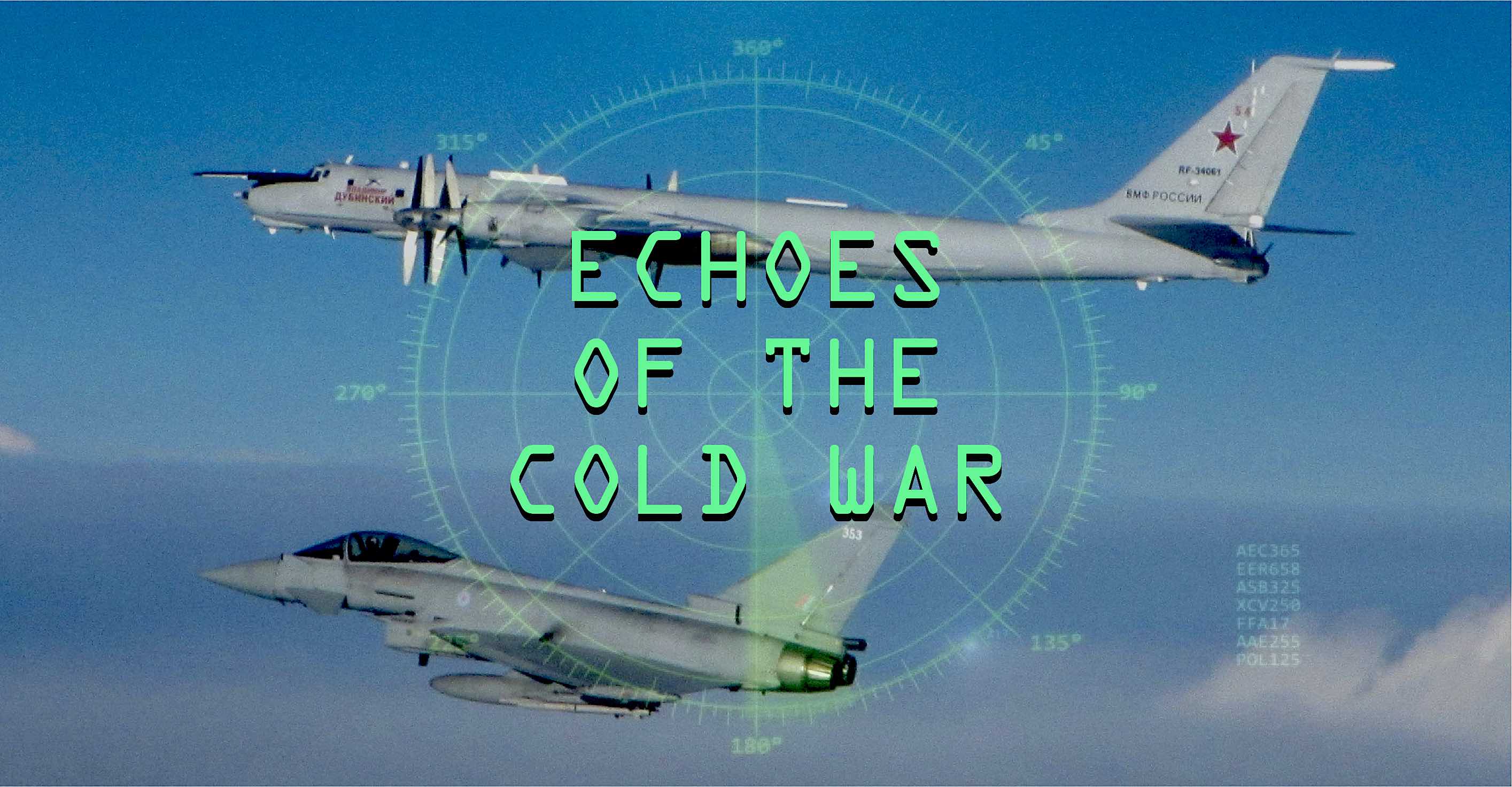

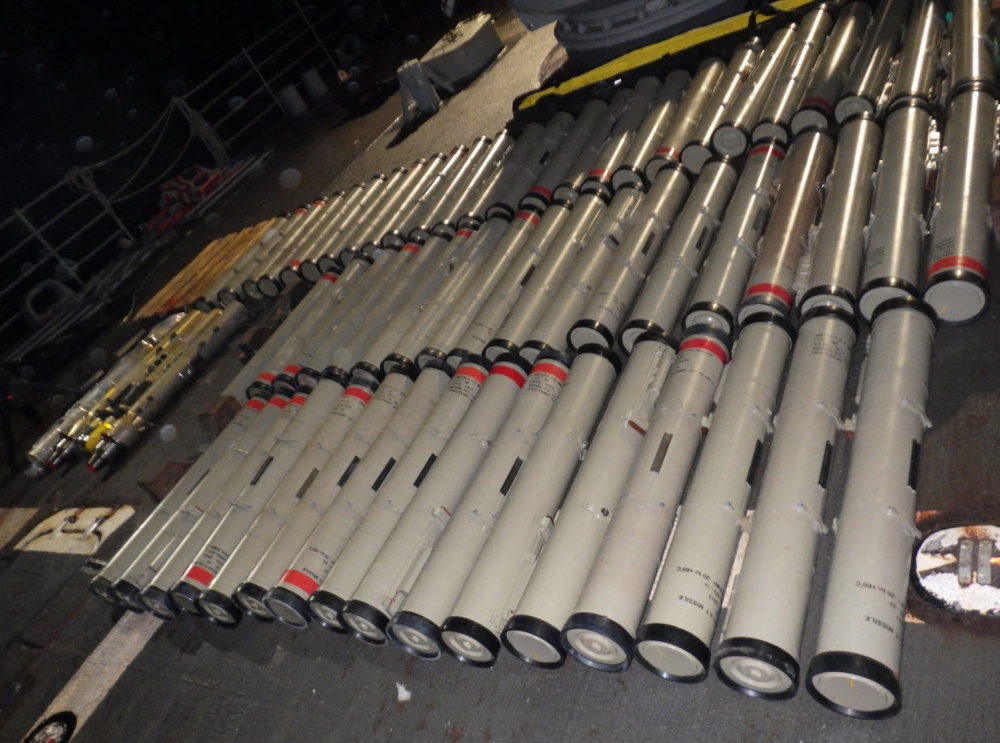
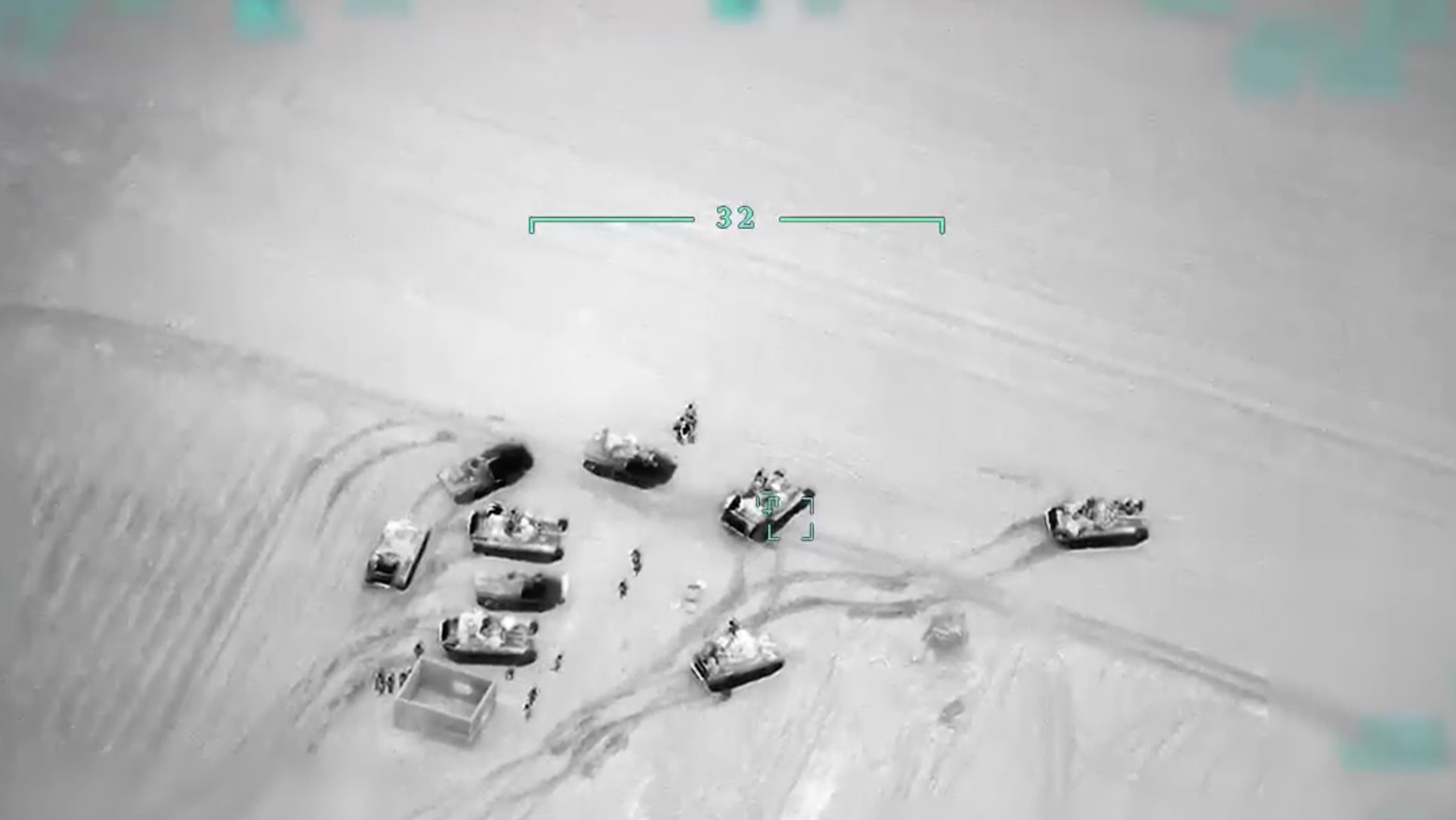
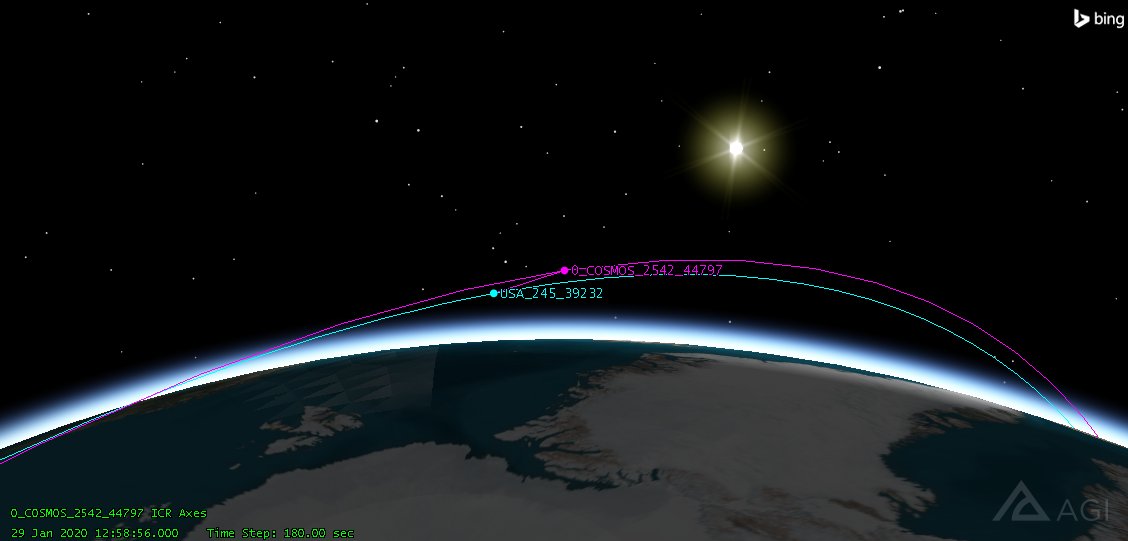
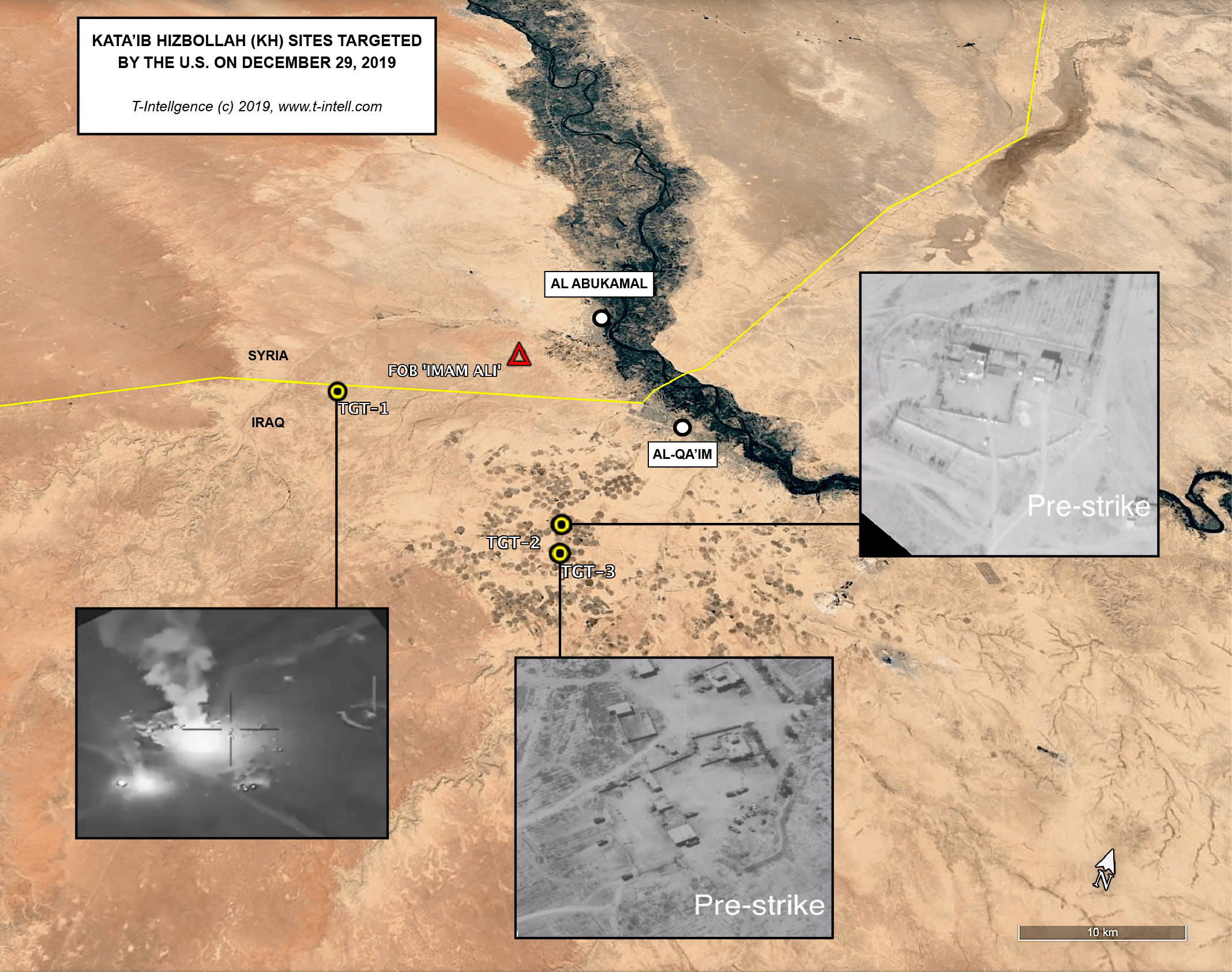

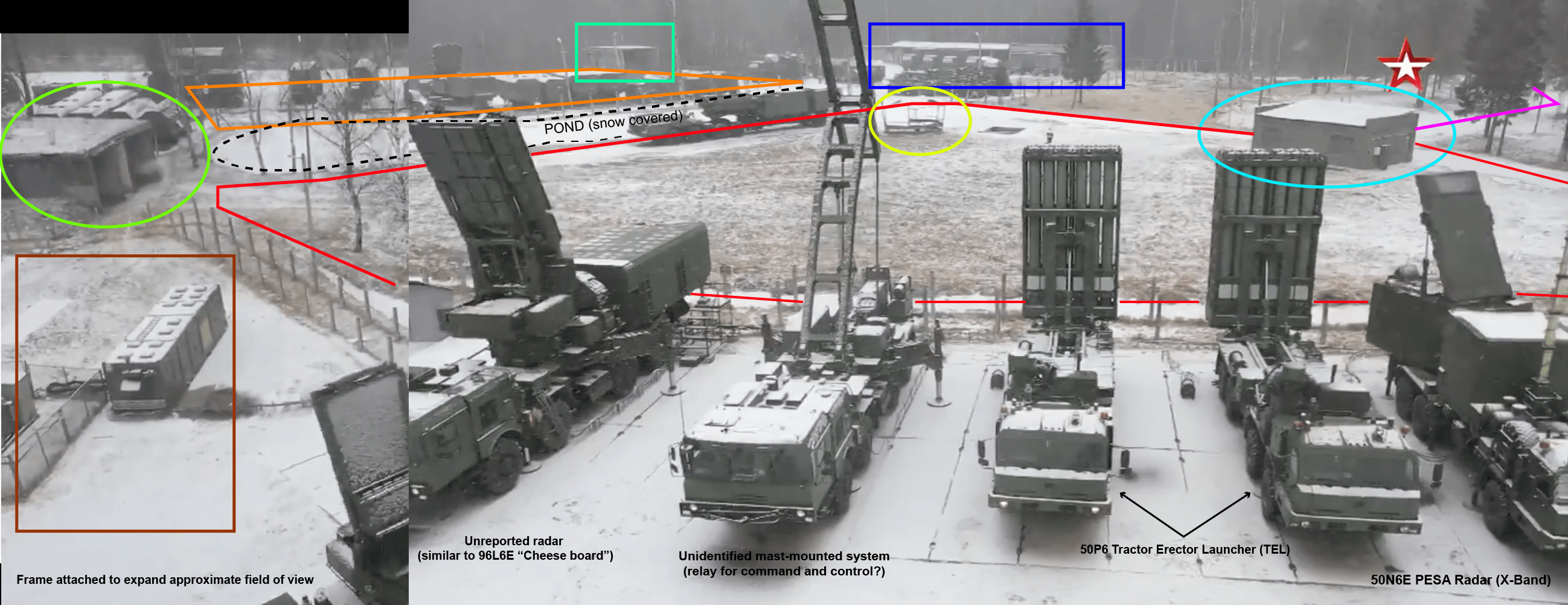
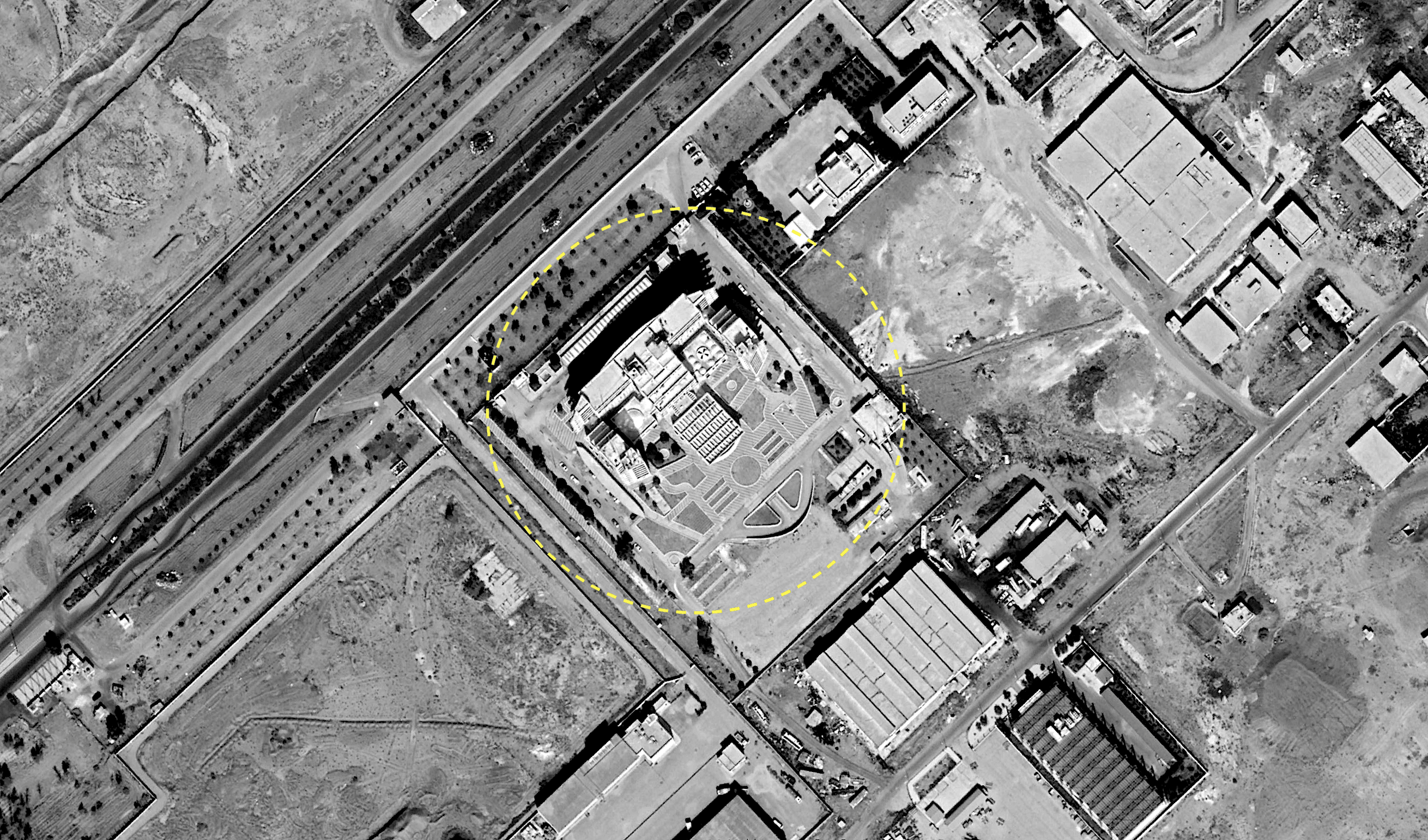
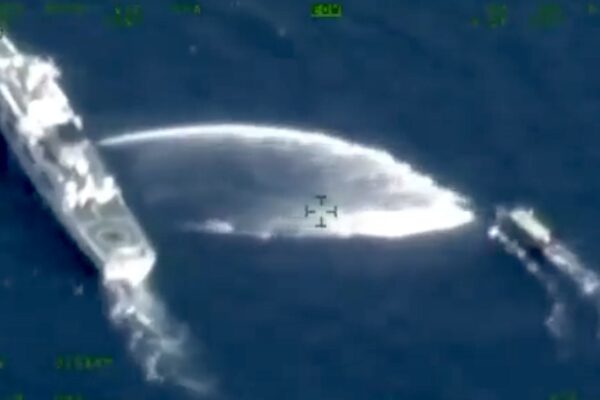
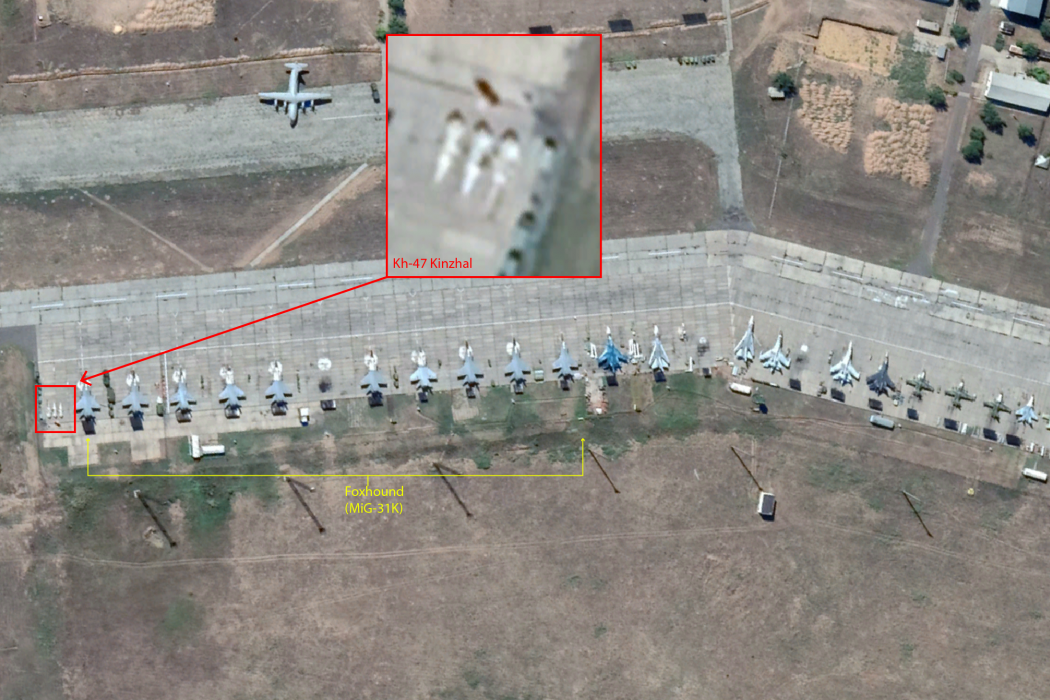
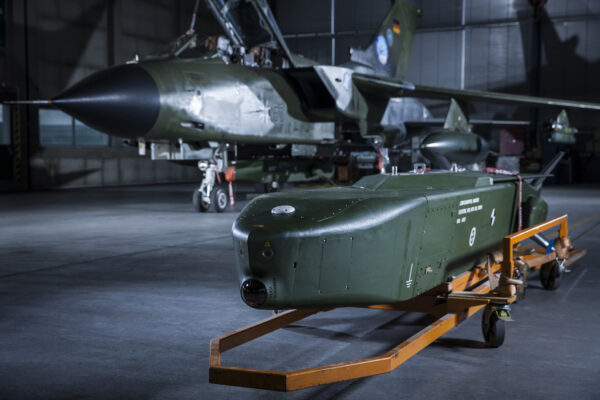

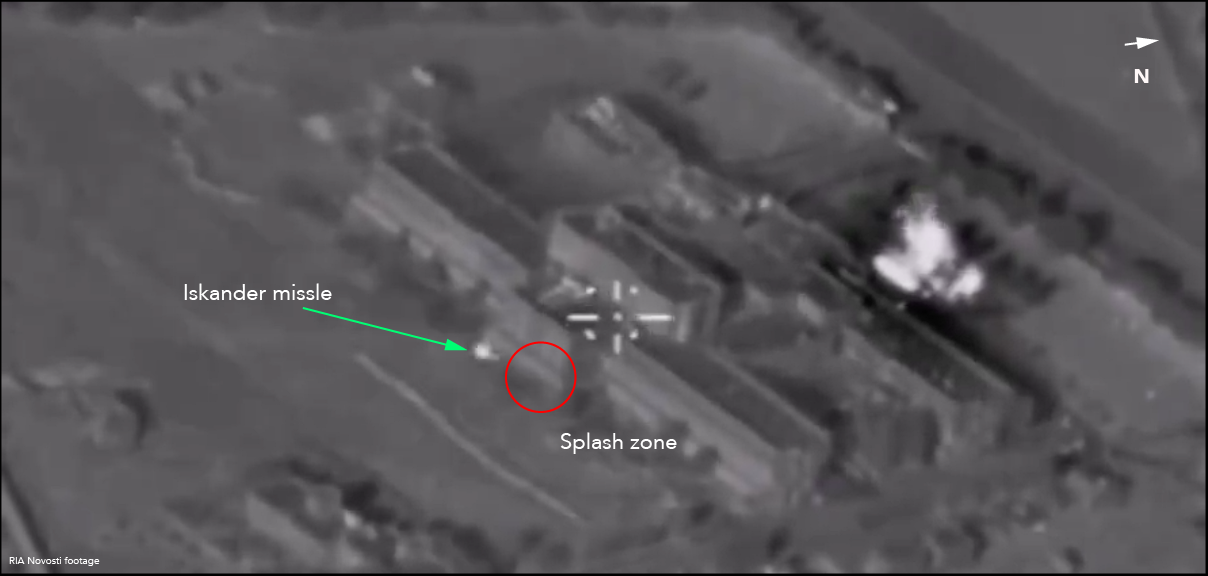
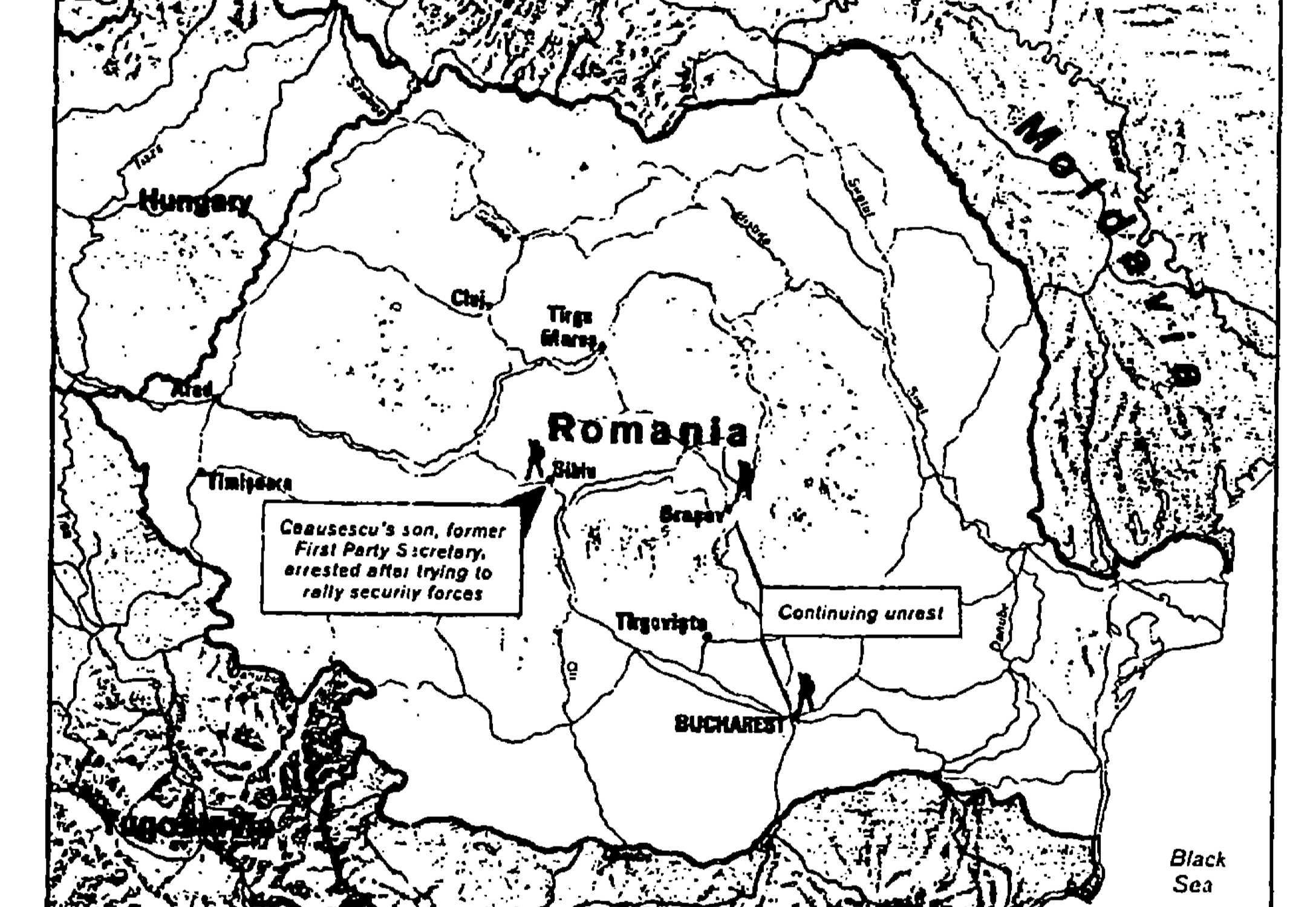
![Evacuation “Shattered Glass”: The US/ Coalition Bases in Syria [Part 1]](https://t-intell.com/wp-content/uploads/2020/02/KLZJan.62018copy_optimized.png)
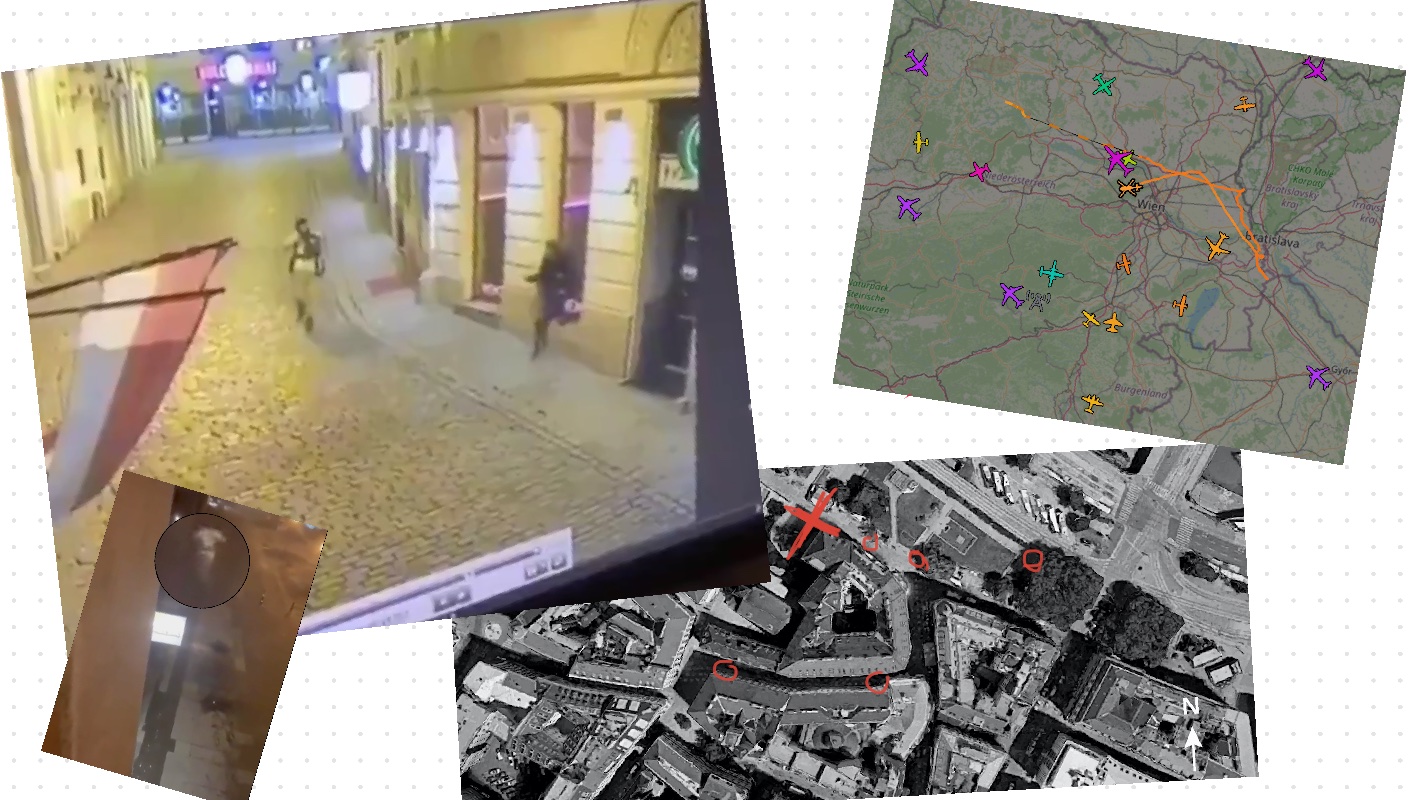

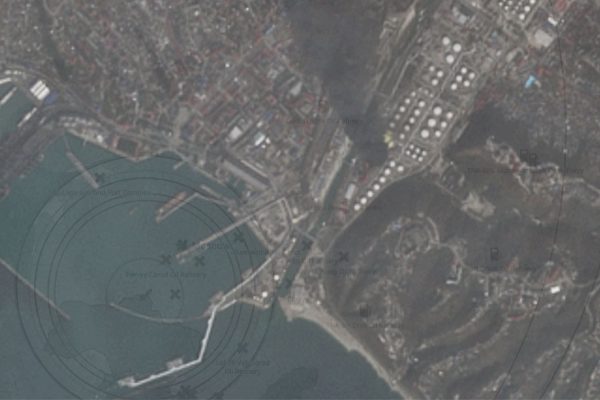
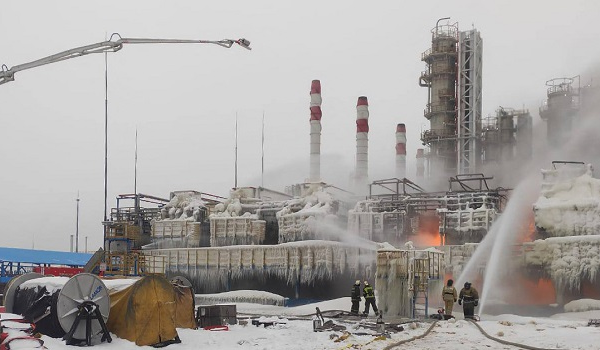
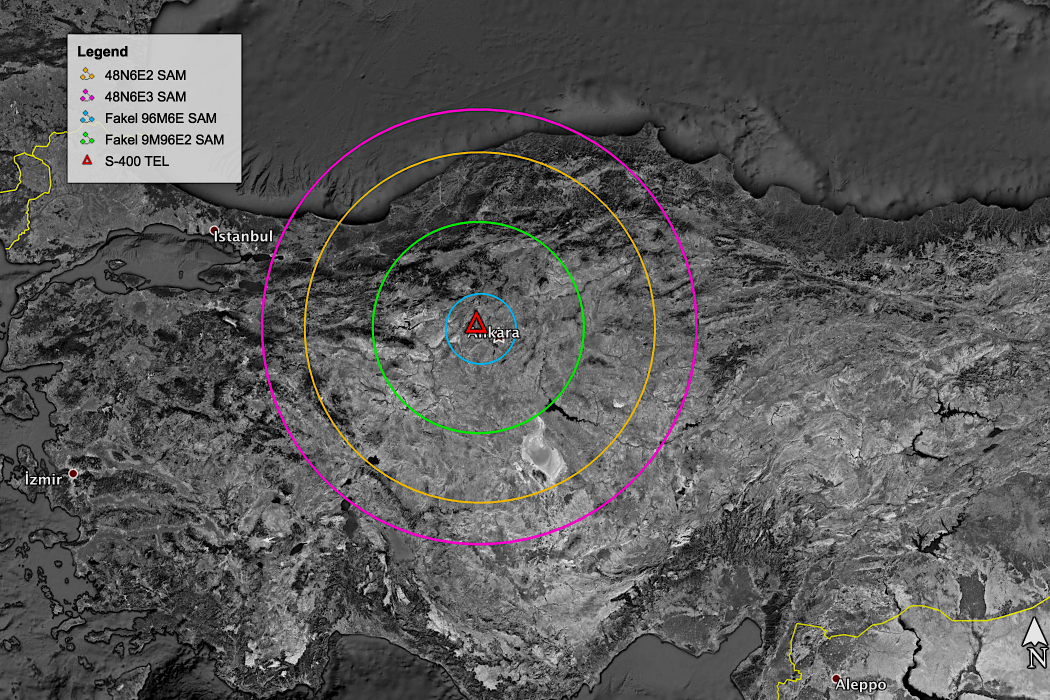
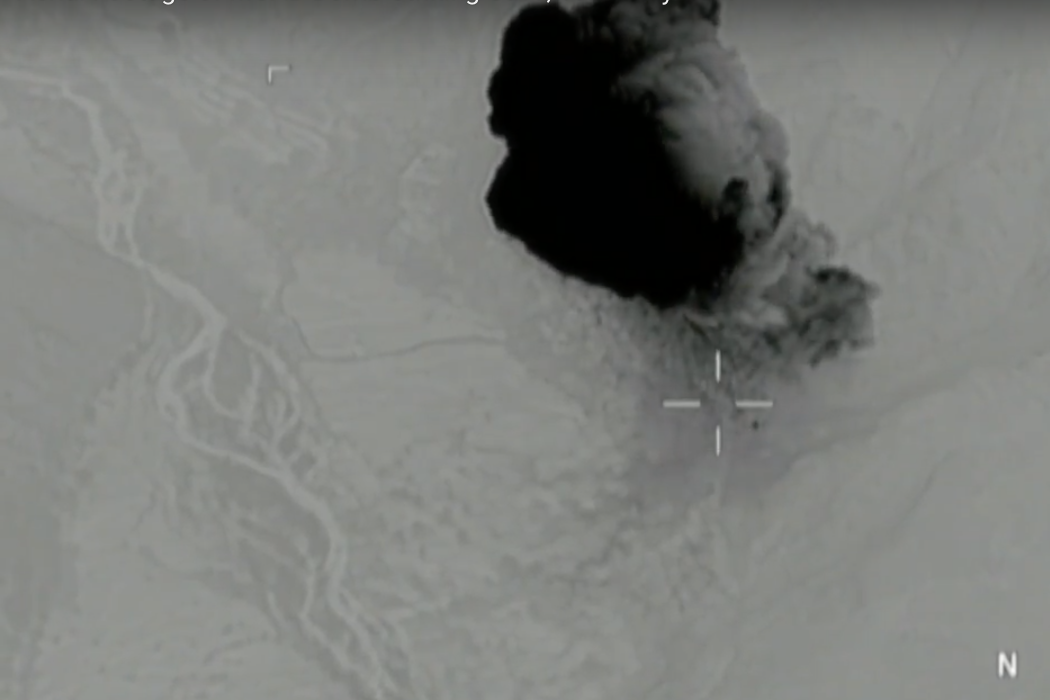
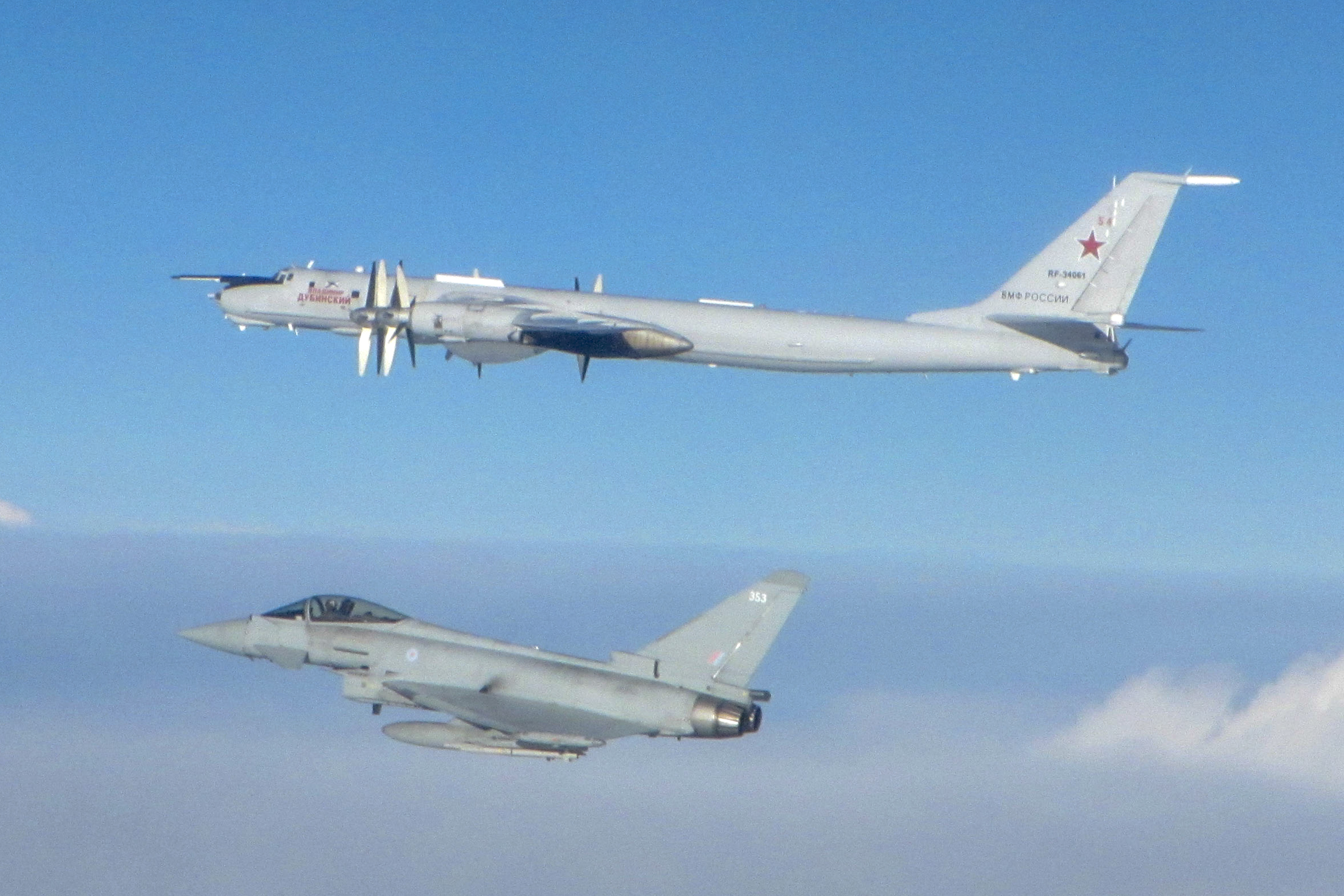


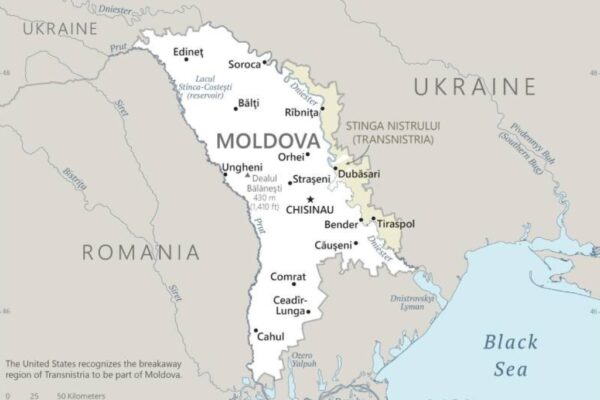

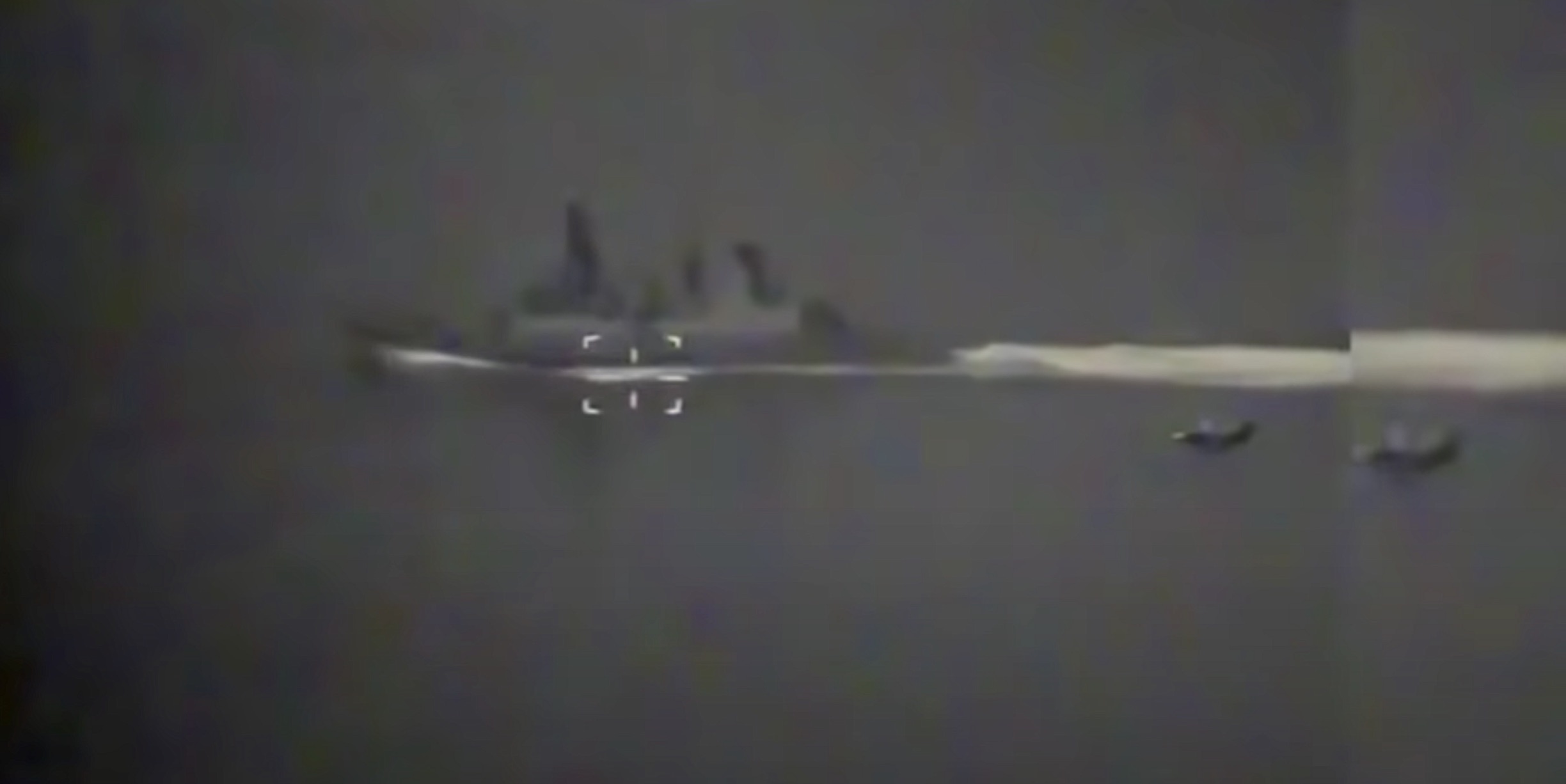
![Pride of Belarus: Baranovichi 61st Fighter Air Base [GEOINT]](https://t-intell.com/wp-content/uploads/2021/08/cover_article.jpg)
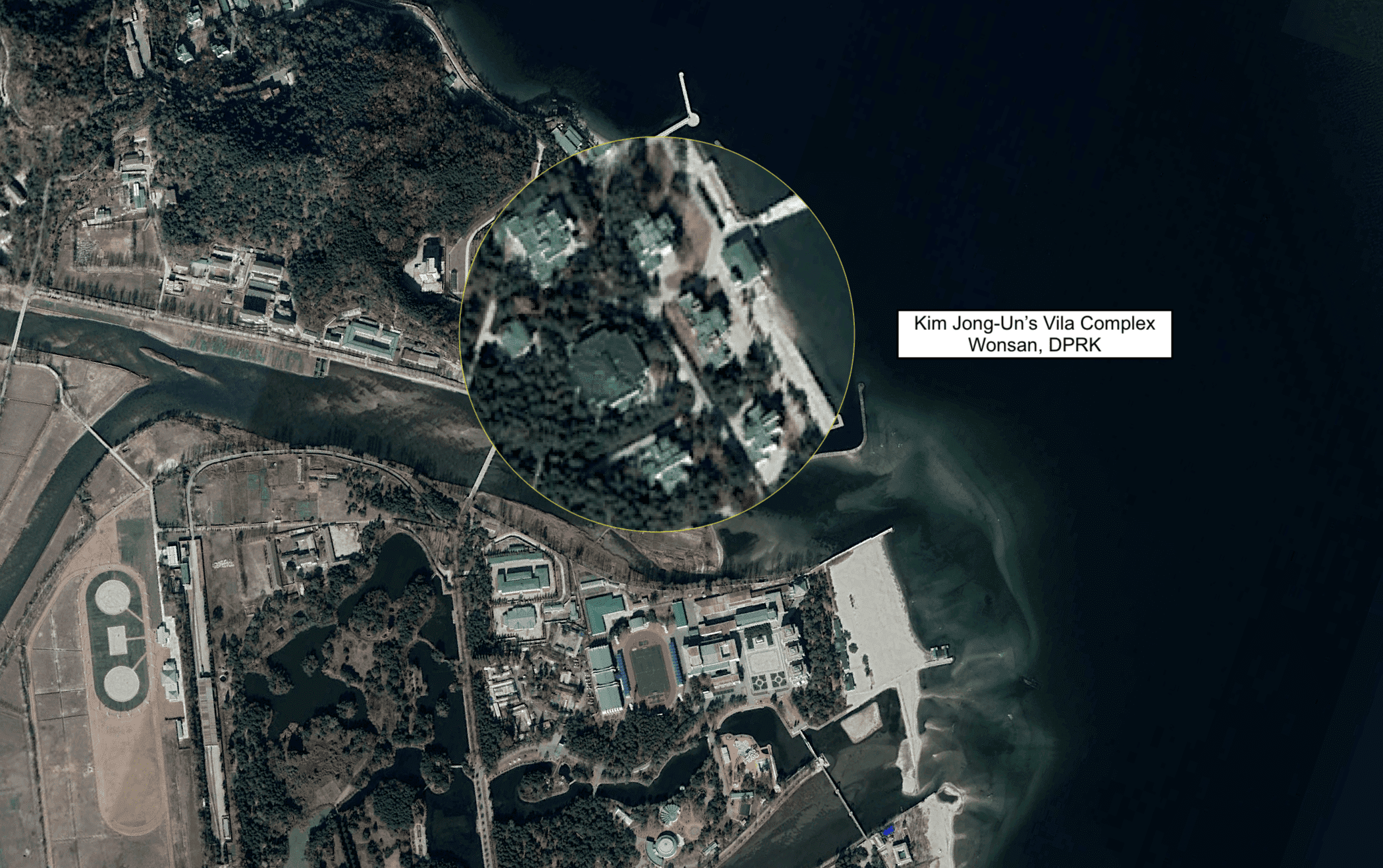
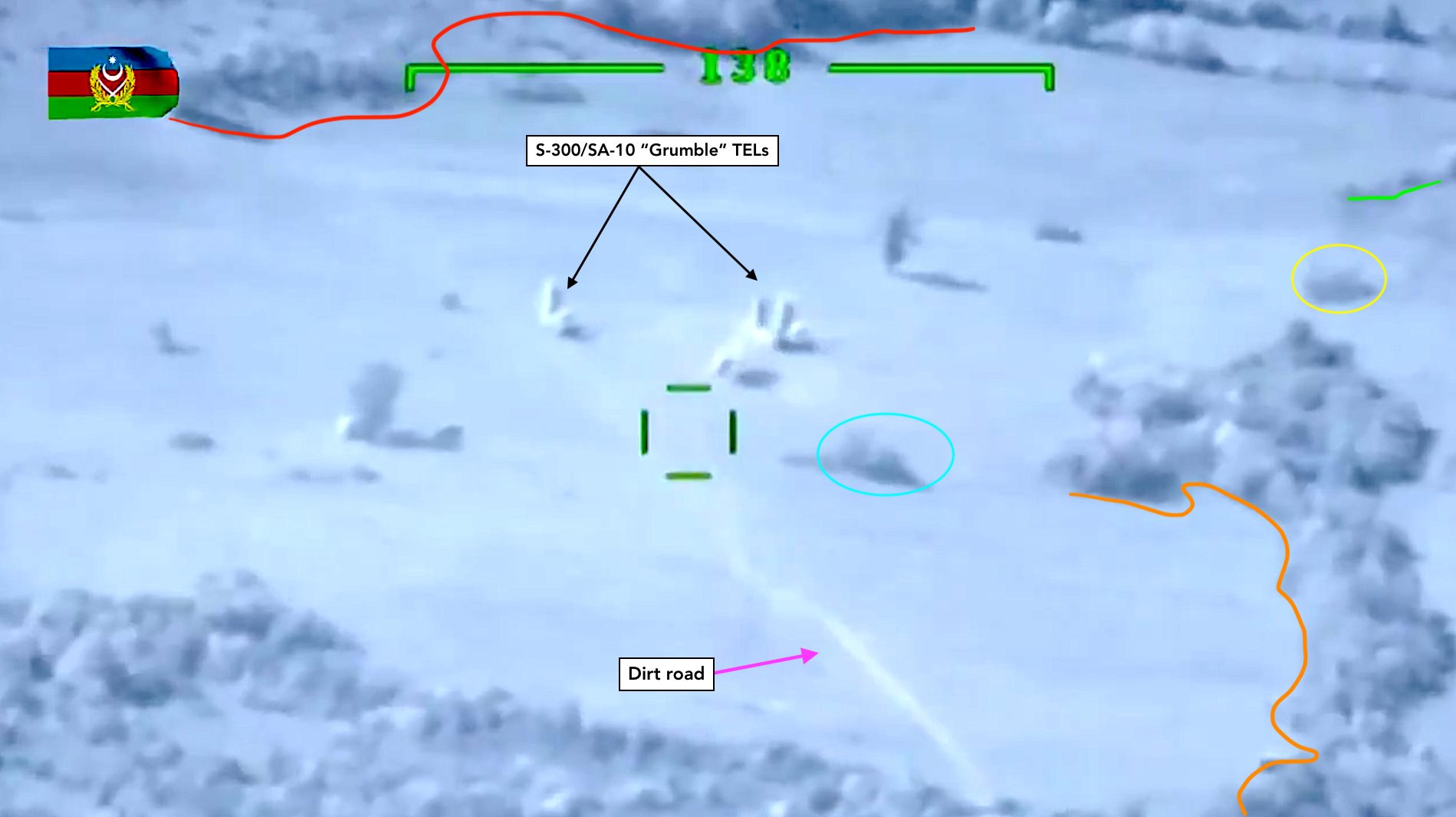
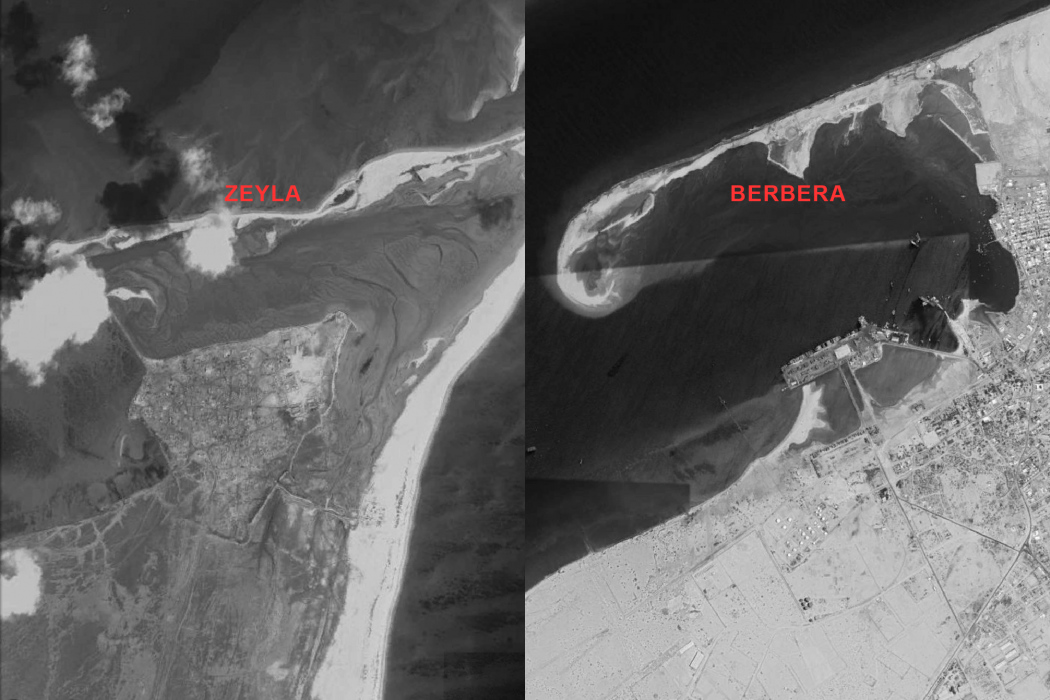

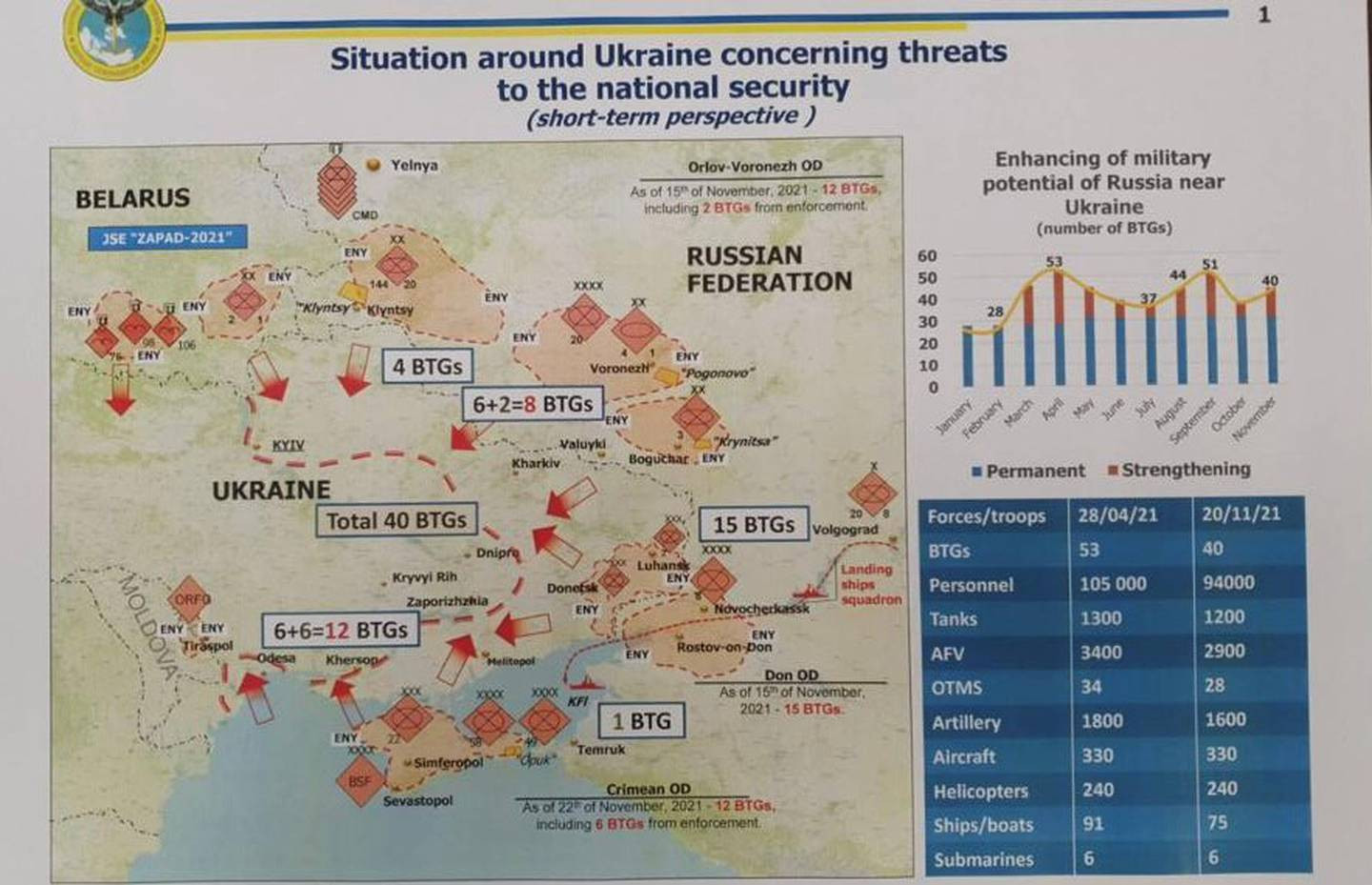

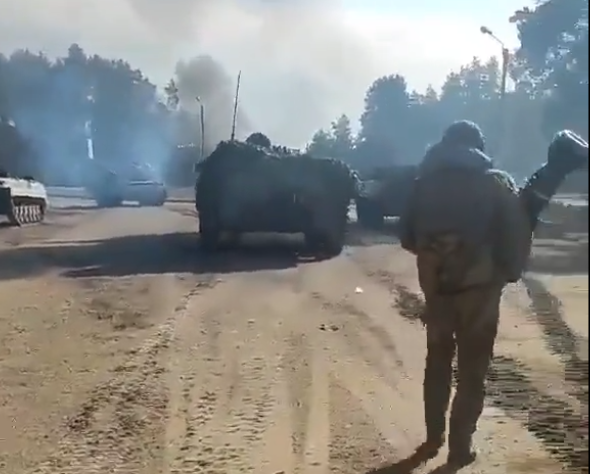
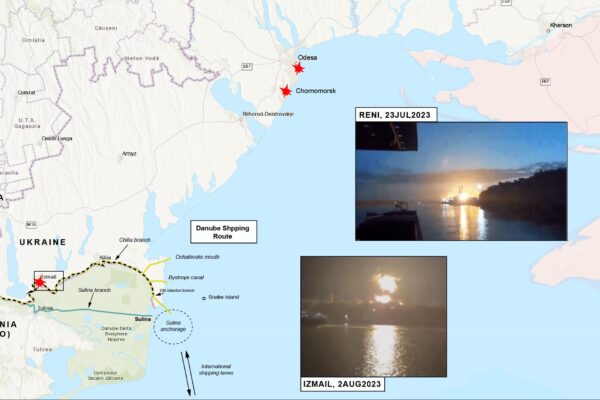
![This is How Iran Bombed Saudi Arabia [PRELIMINARY ASSESSMENT]](https://t-intell.com/wp-content/uploads/2019/09/map4cover-01-compressor.png)
